Spain 2023 Part Four: Córdoba
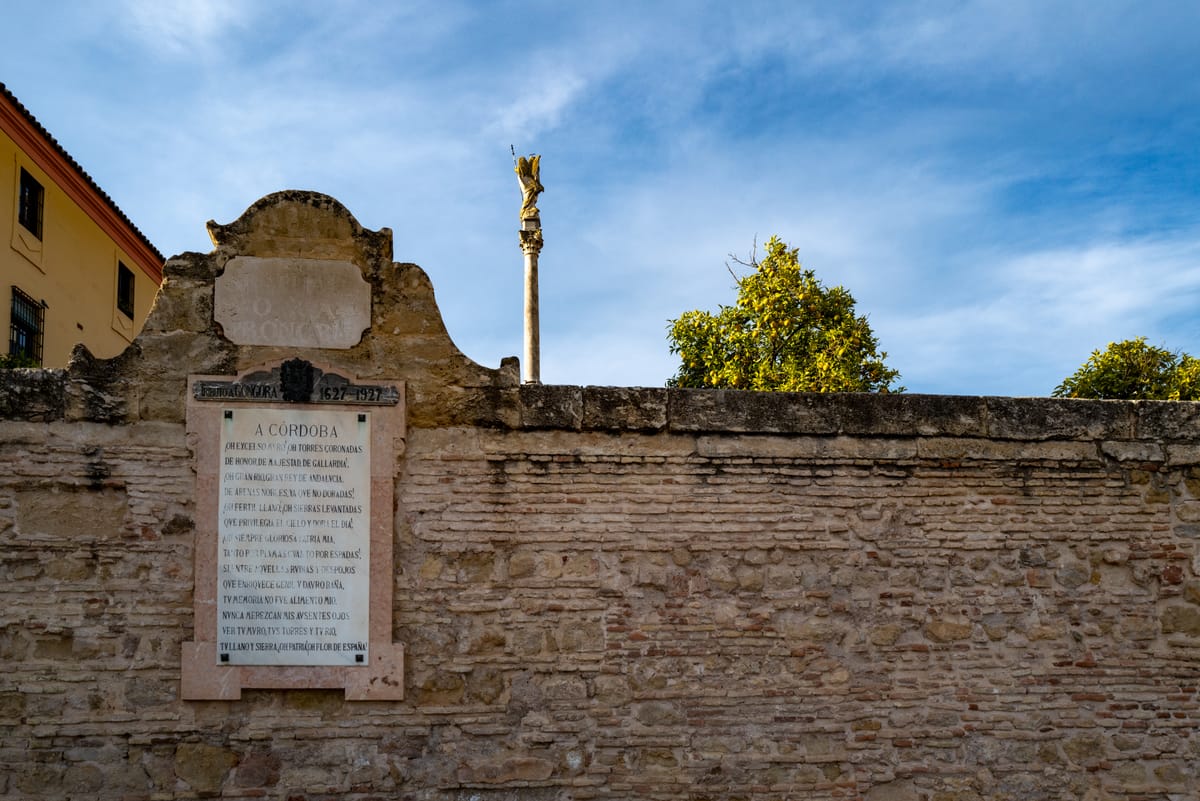
This is part four in a series documenting our trip to Spain in 2023.
Spain 2023 Part One: Our trip plan and our first two days in Madrid.
Spain 2023 Part Two: Seville (Day One): Our first day in Seville.
Spain 2023 Part Three: Seville (Day Two): Our Second Day in Seville.
No visit to Andalusia should be complete without a visit to Córdoba, the ancient city founded as "Corduba" by the Romans in the 2nd century BC. Under Islamic rule in the 8th century, Córdoba flourished as a center of learning, culture, and innovation. It became one of the largest and most advanced cities in Europe, with a population that exceeded that of Paris or Constantinople at the time. The architecture here is a testament to the harmonious coexistence of Jewish, Muslim, and Christian communities during the medieval period, when Cordoba was a beacon of tolerance and enlightenment in Europe. We included a one-day stop in Córdoba for this trip primarily to visit it's crown jewel: The Mezquita-Catedral de Córdoba, a masterpiece of Moorish architecture, but after our stop here we discovered that Córdoba had so much more to offer...
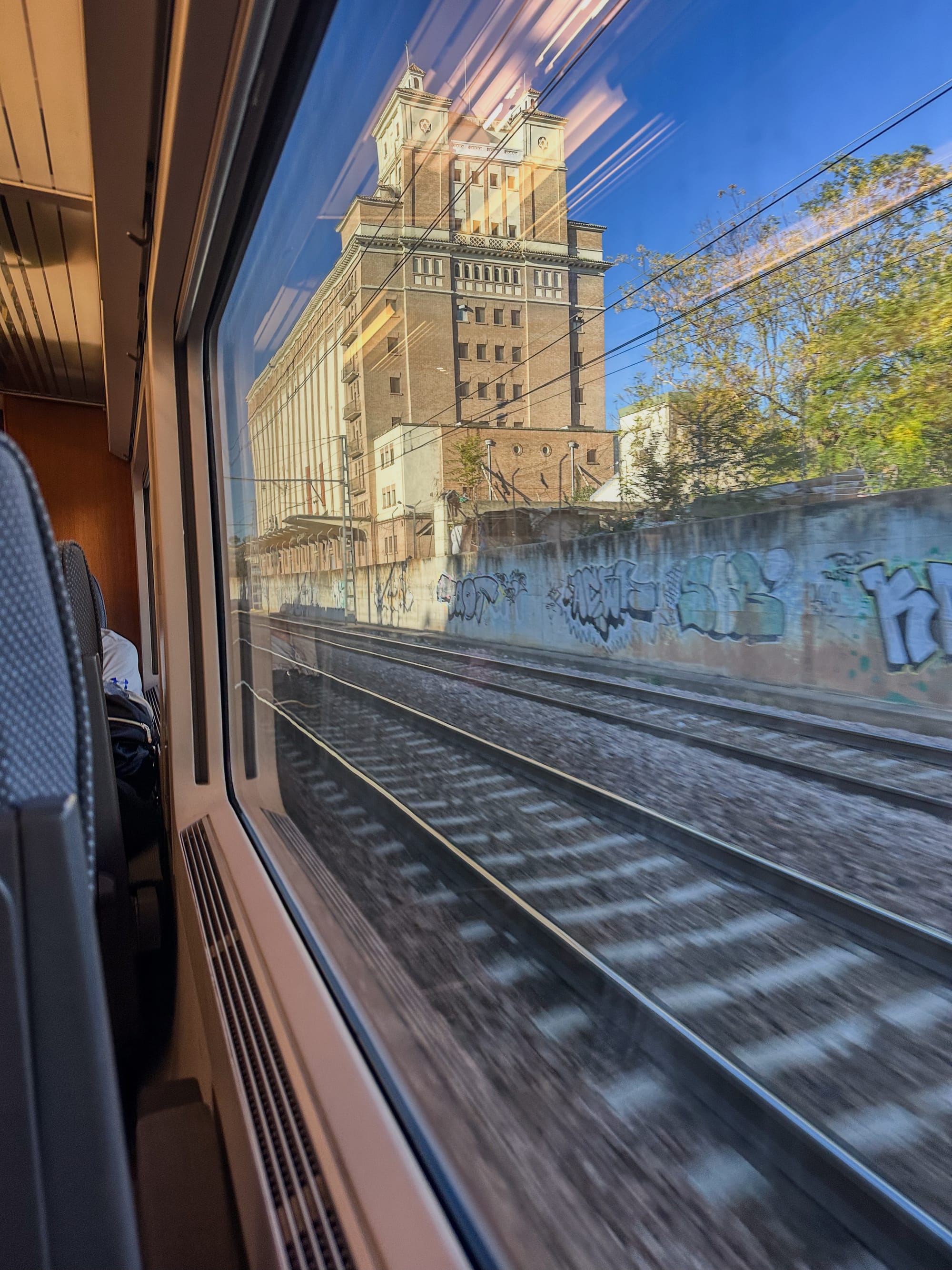
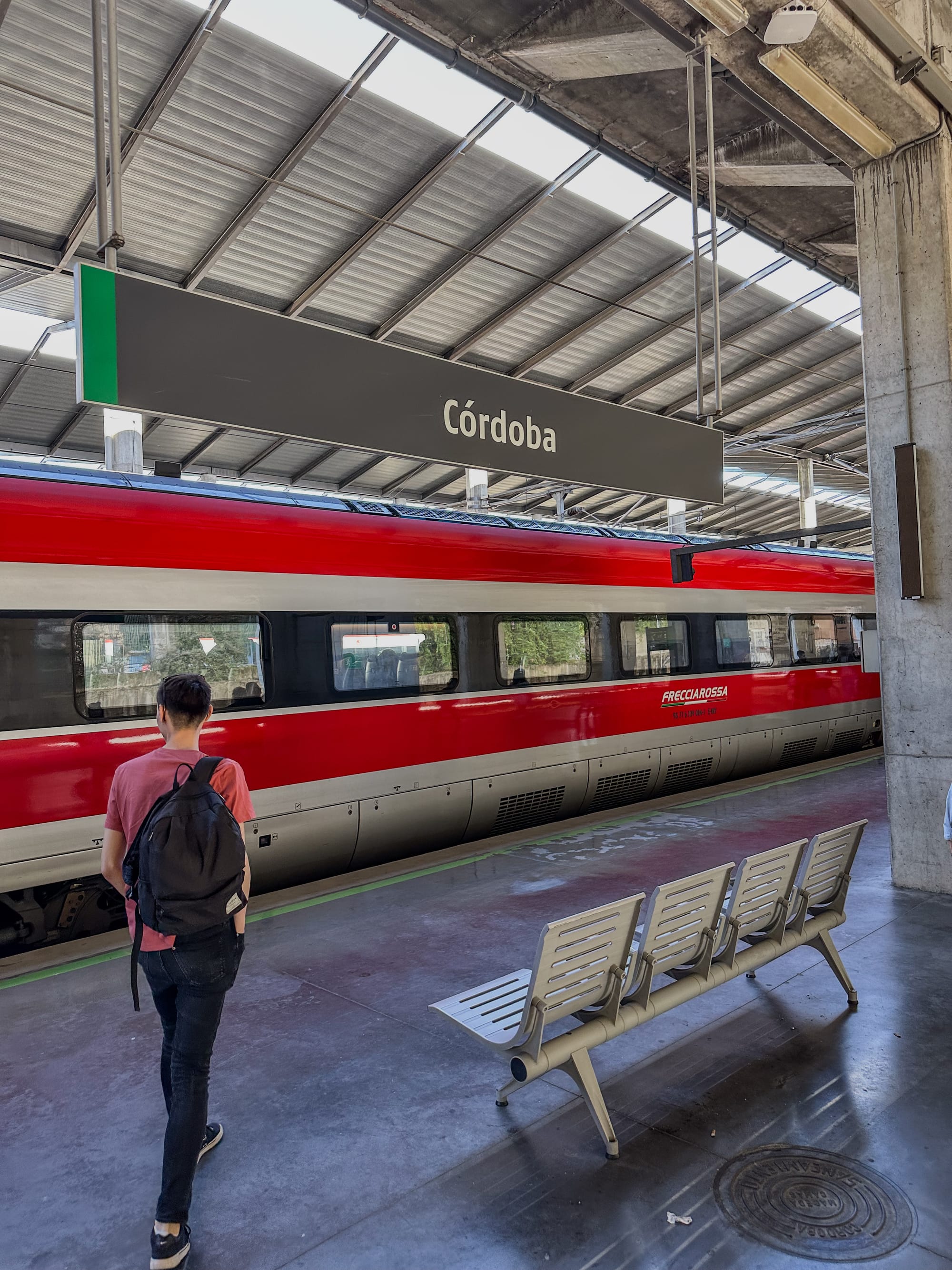
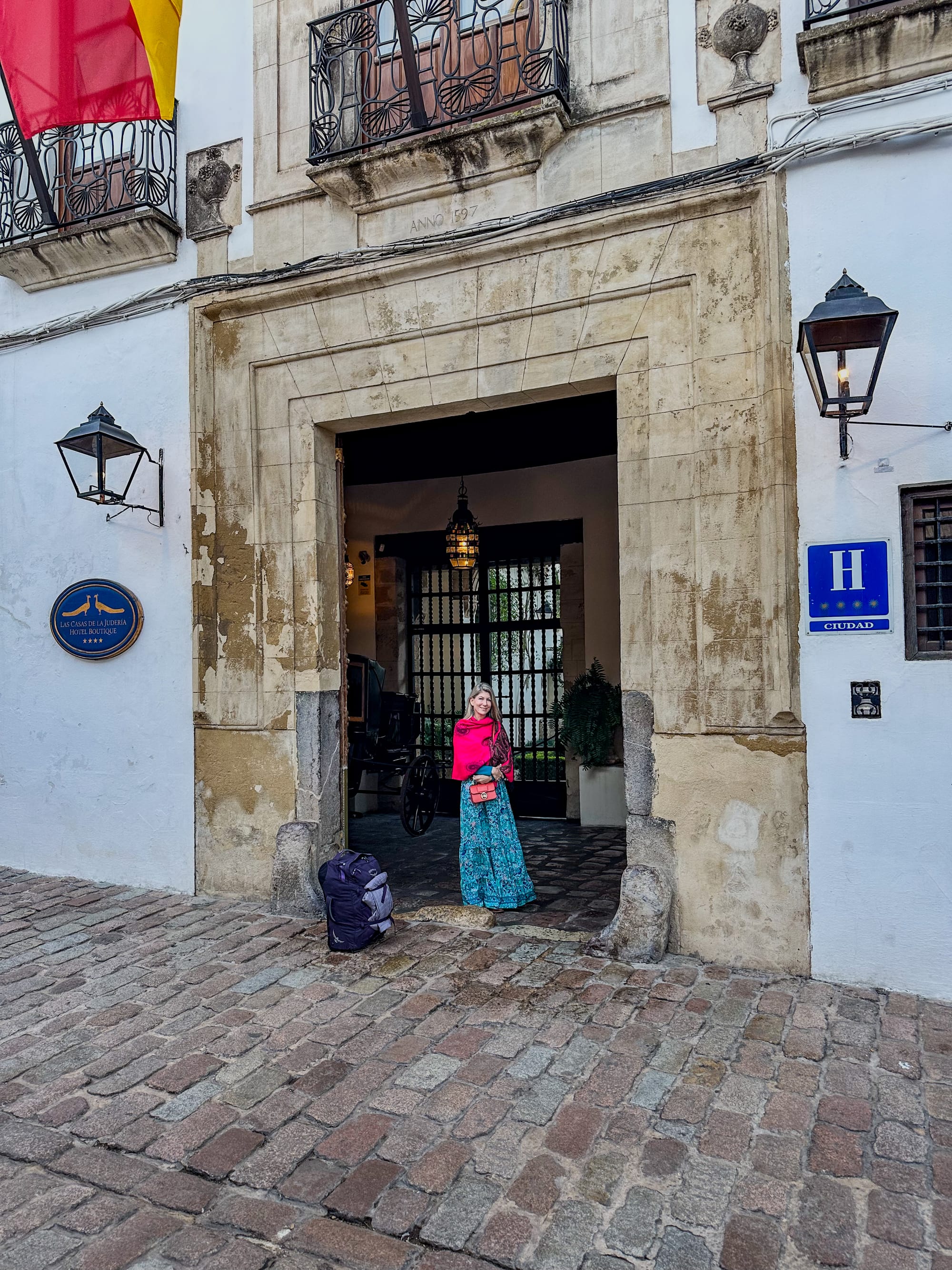
We left Seville on a mid-morning train for the short, 45 minute ride to Córdoba and went directly to our hotel: Las Casas de la Judería de Córdoba. The hotel is located in the old Jewish Quarter, known as "La Judería," the historic heart of the city. The hotel started as a conversion of a 16th century stately home - La Casa Palacio de las Pavas - over the years they acquired the surrounding buildings and created a property that is not just a hotel, but a meticulously restored collection of traditional Andalusian houses, which together form a charming guest complex. It was an absolutely lovely place to stay in Córdoba and the location could not be beat.
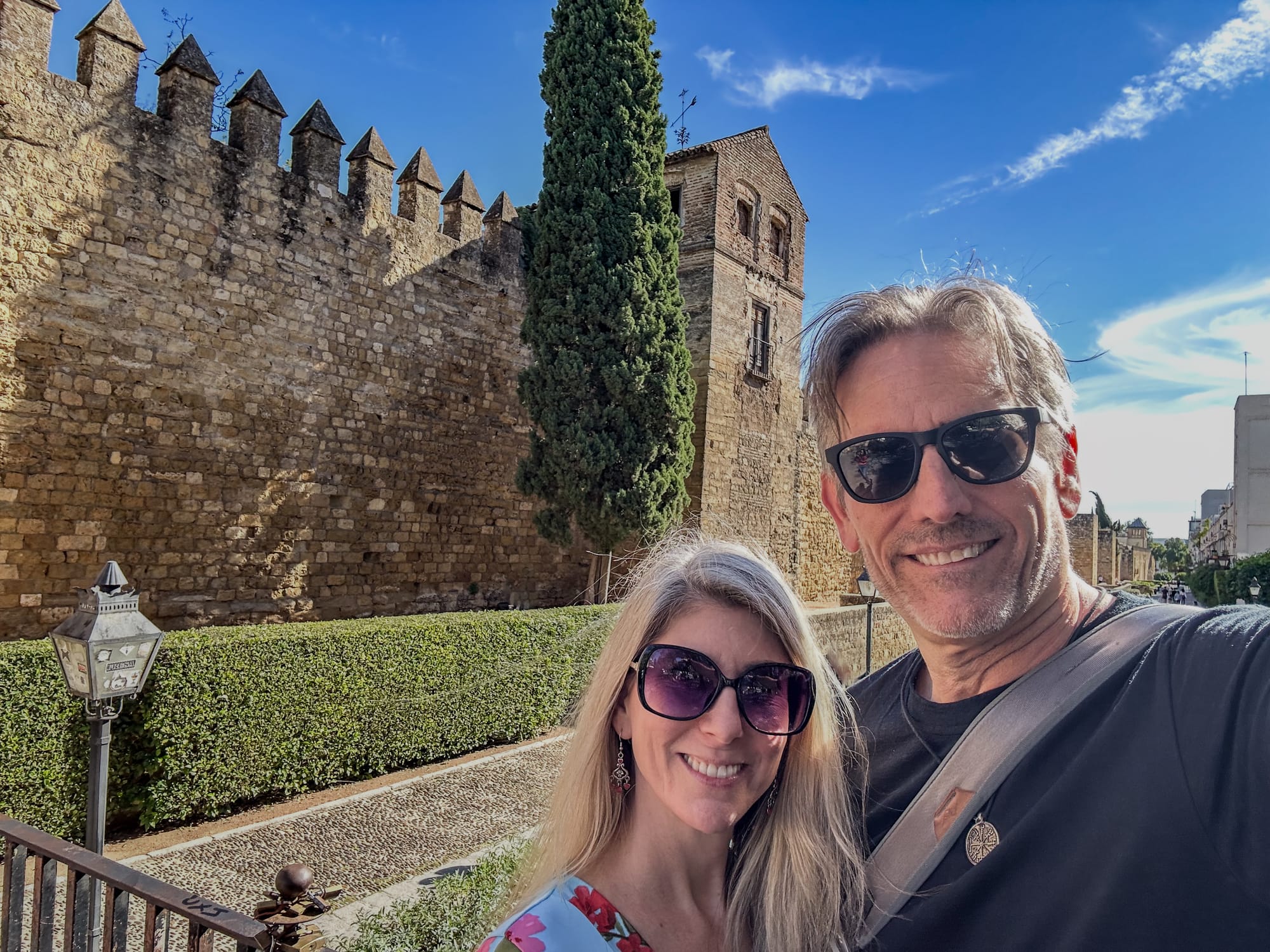
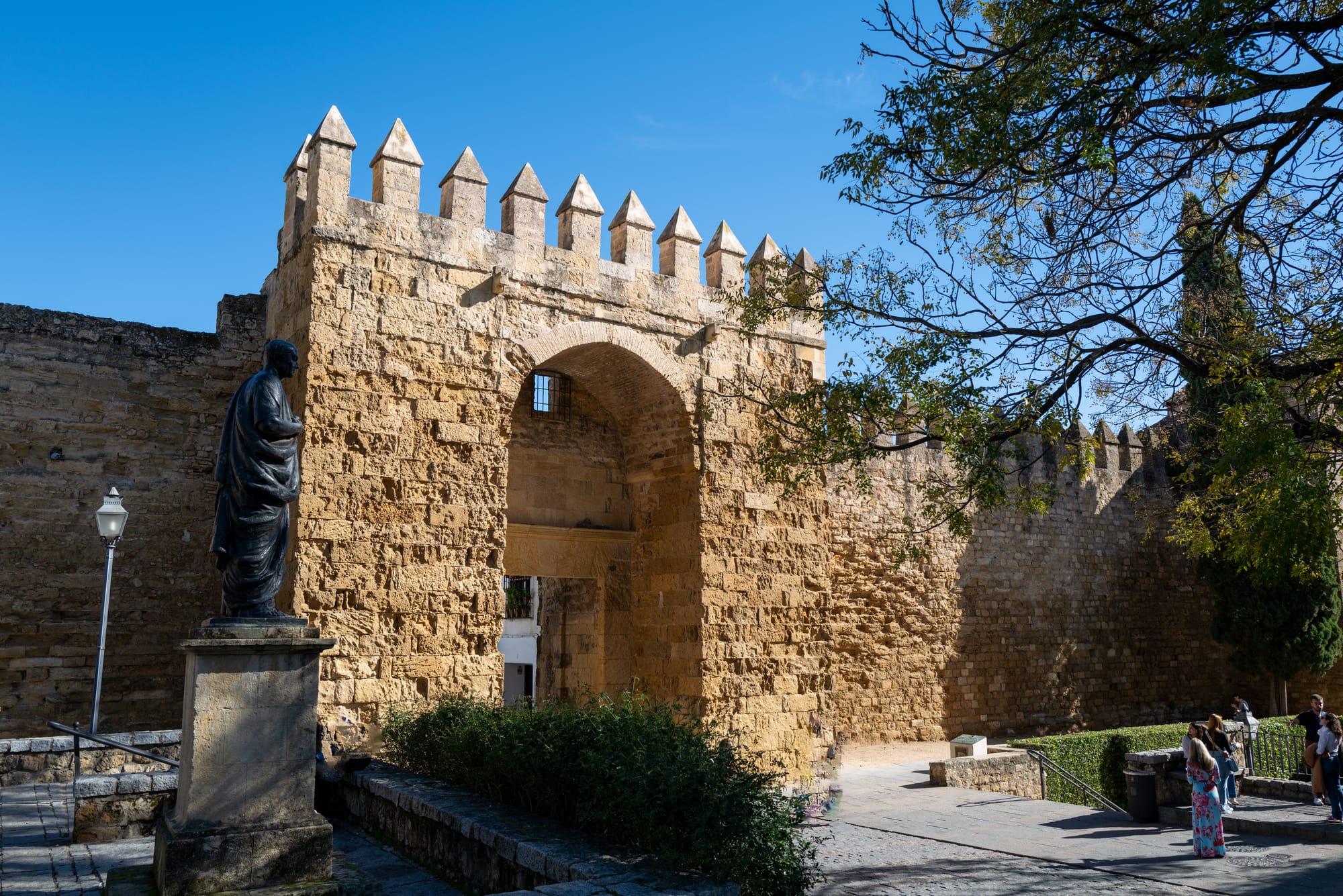

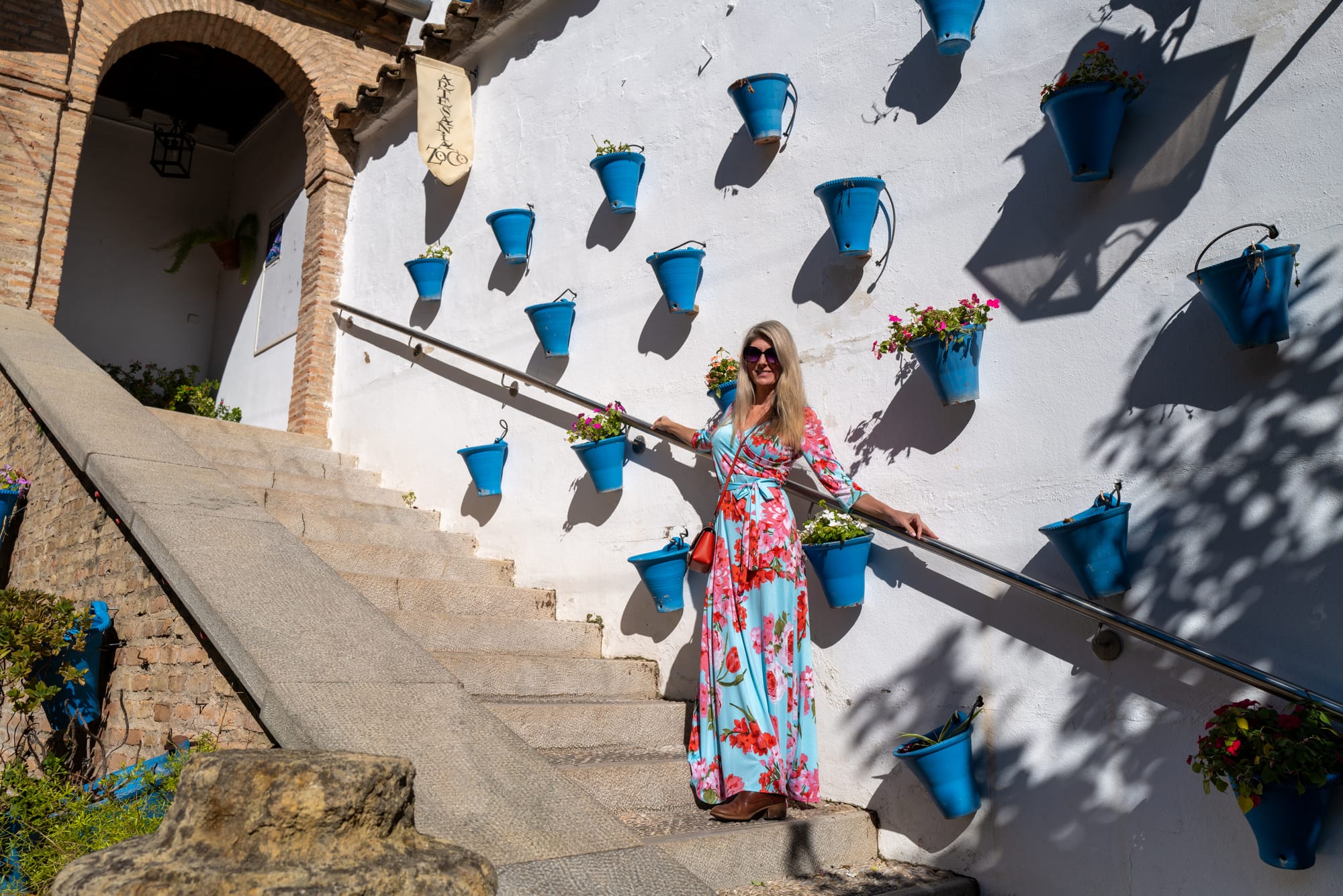
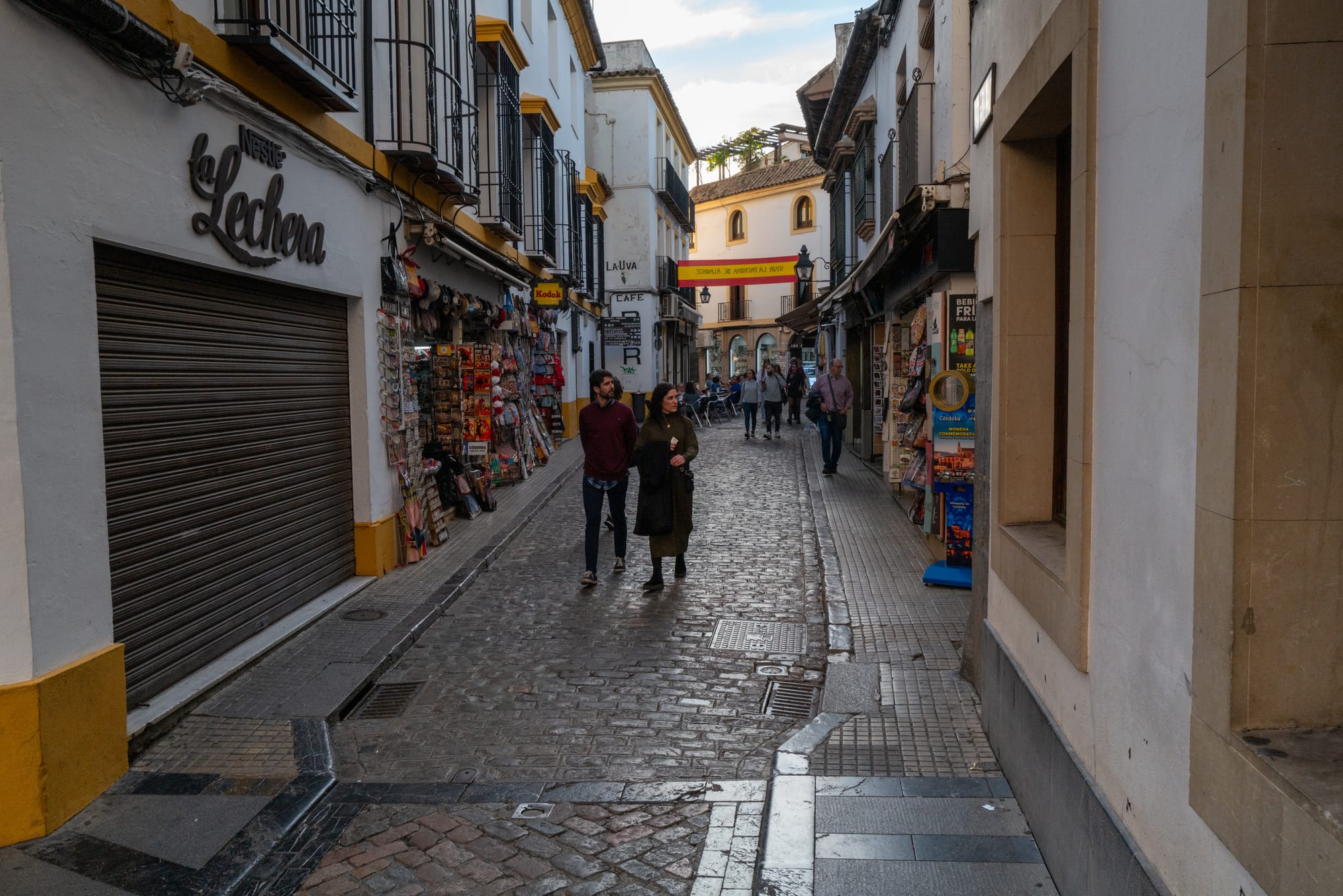
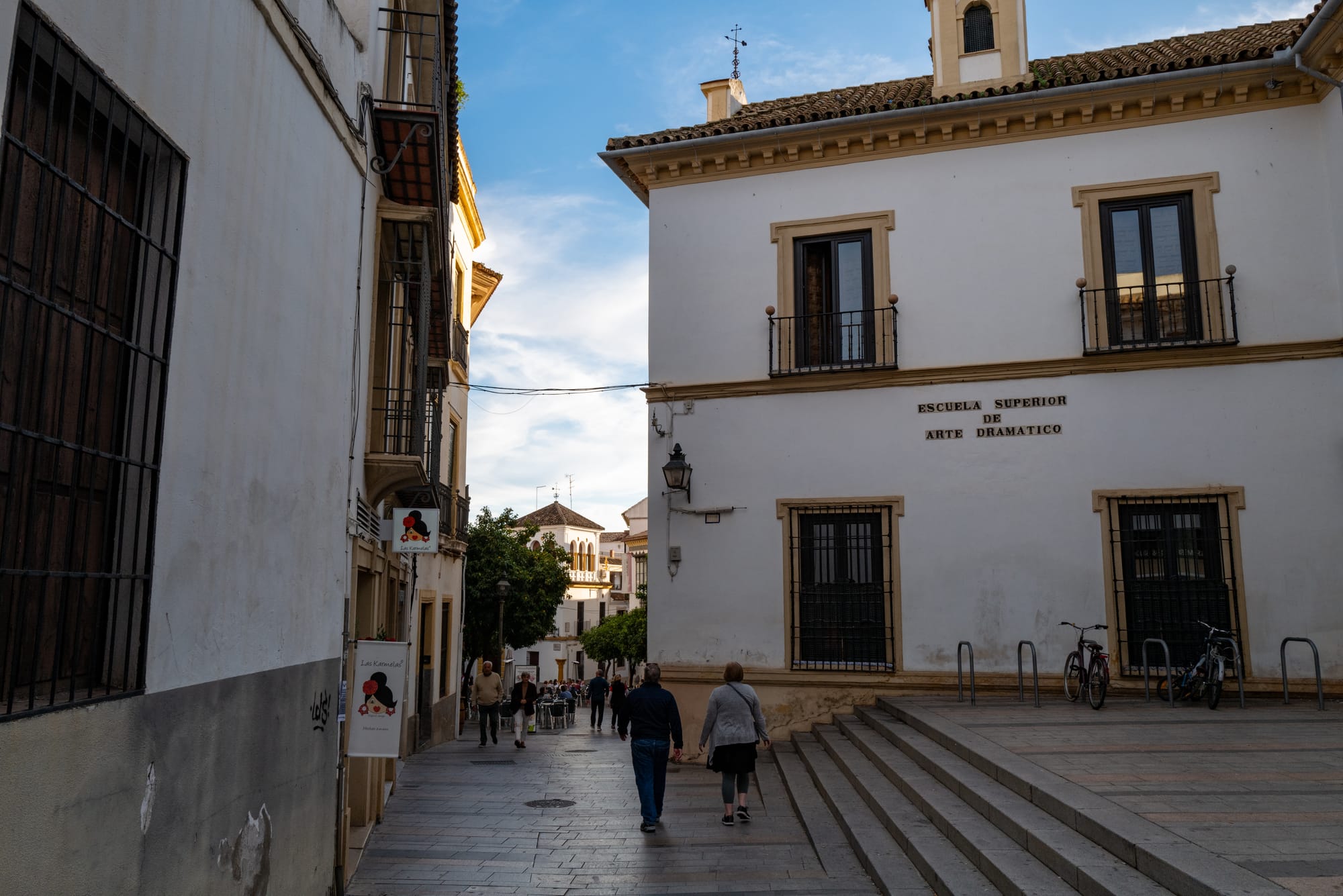
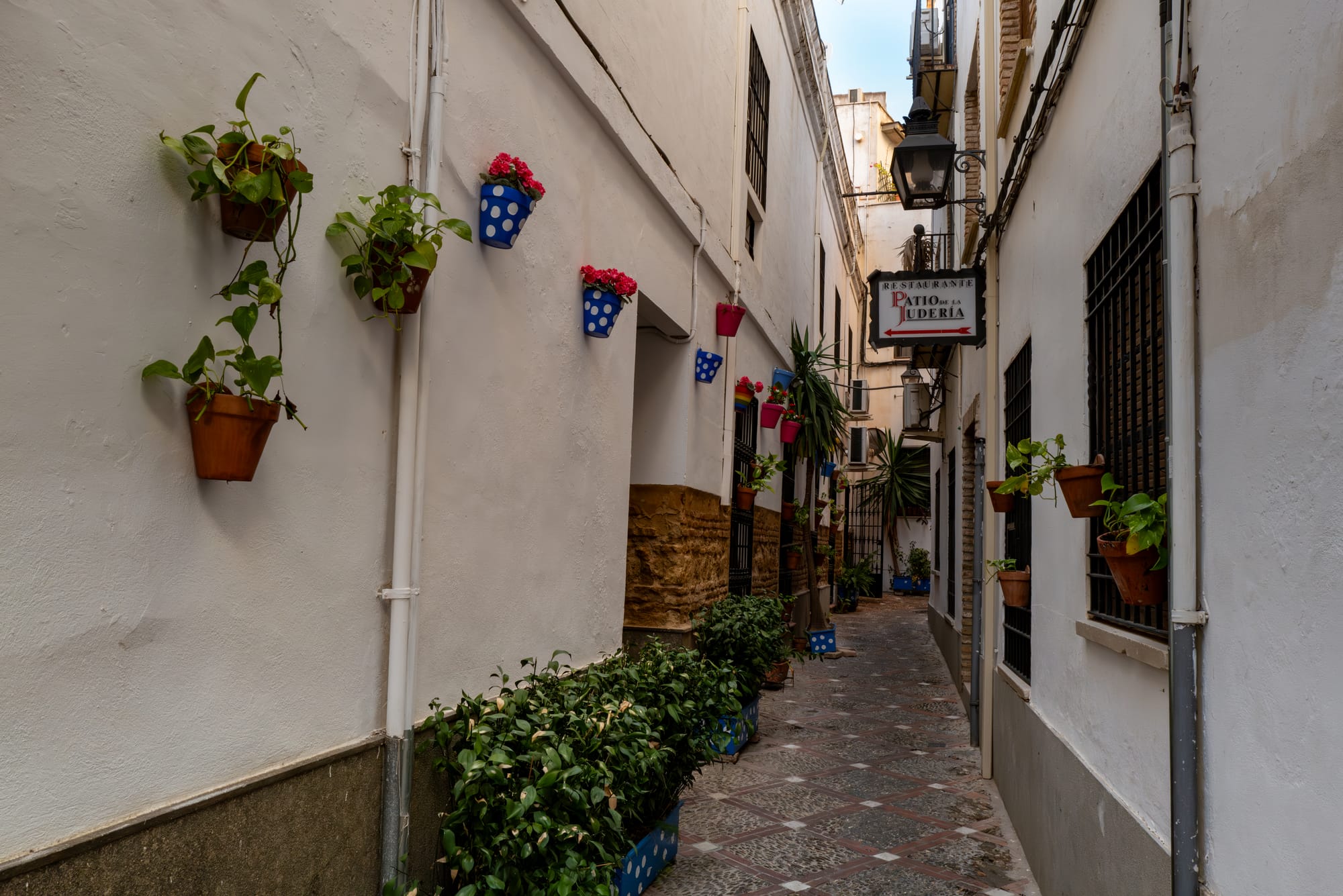
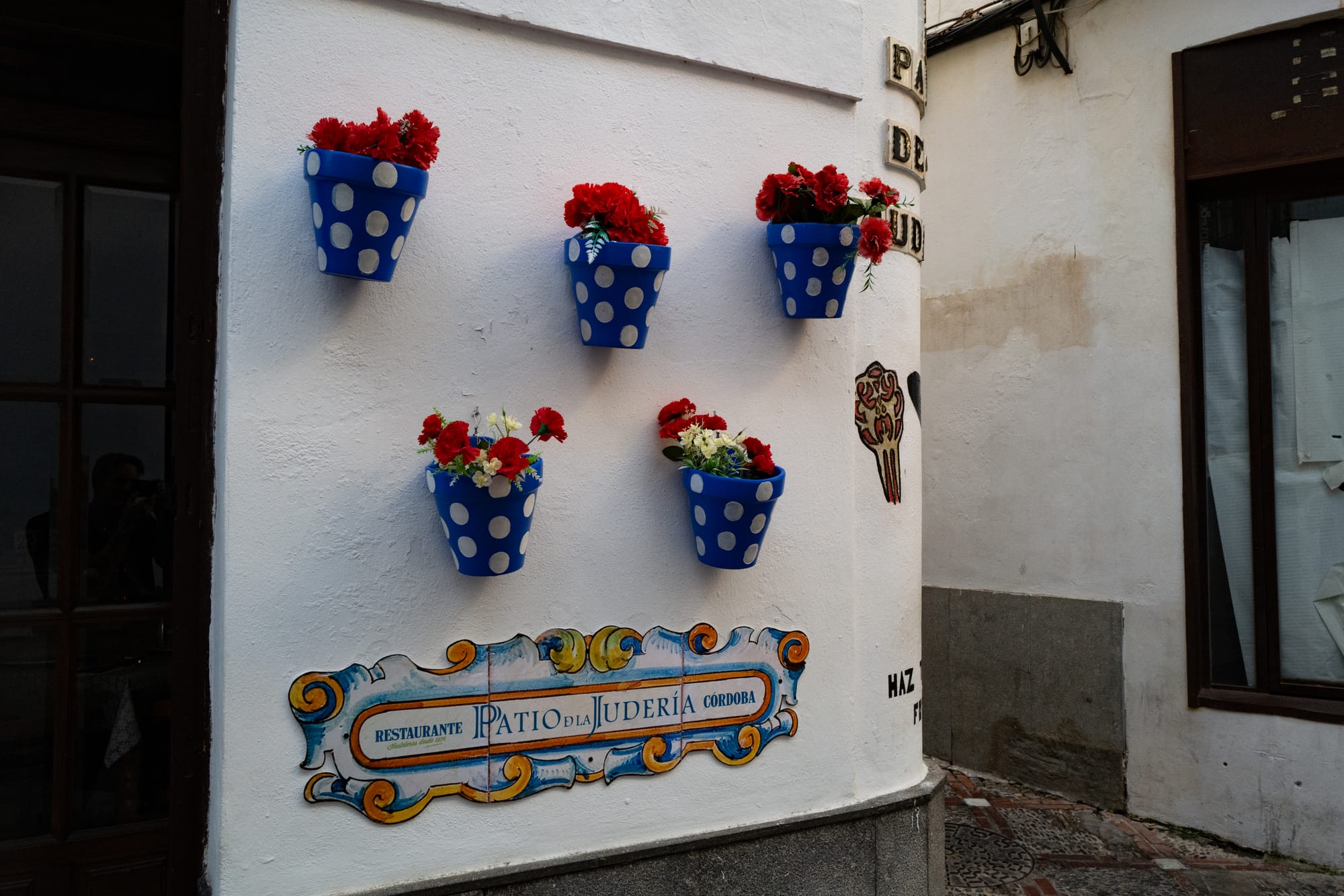
After checking into the hotel, we had a bit of time to kill before our timed entry to the Mezquita-Catedral, so we wondered the cobblestone streets of La Judería and it's Artisan Village, enjoying the quaint white-washed buildings with their colorful flowerpots. We also explored the artsy shops and their thriving community of skilled craftspeople who continue to practice traditional trades such as pottery, jewelry making, leatherwork, and woodworking.
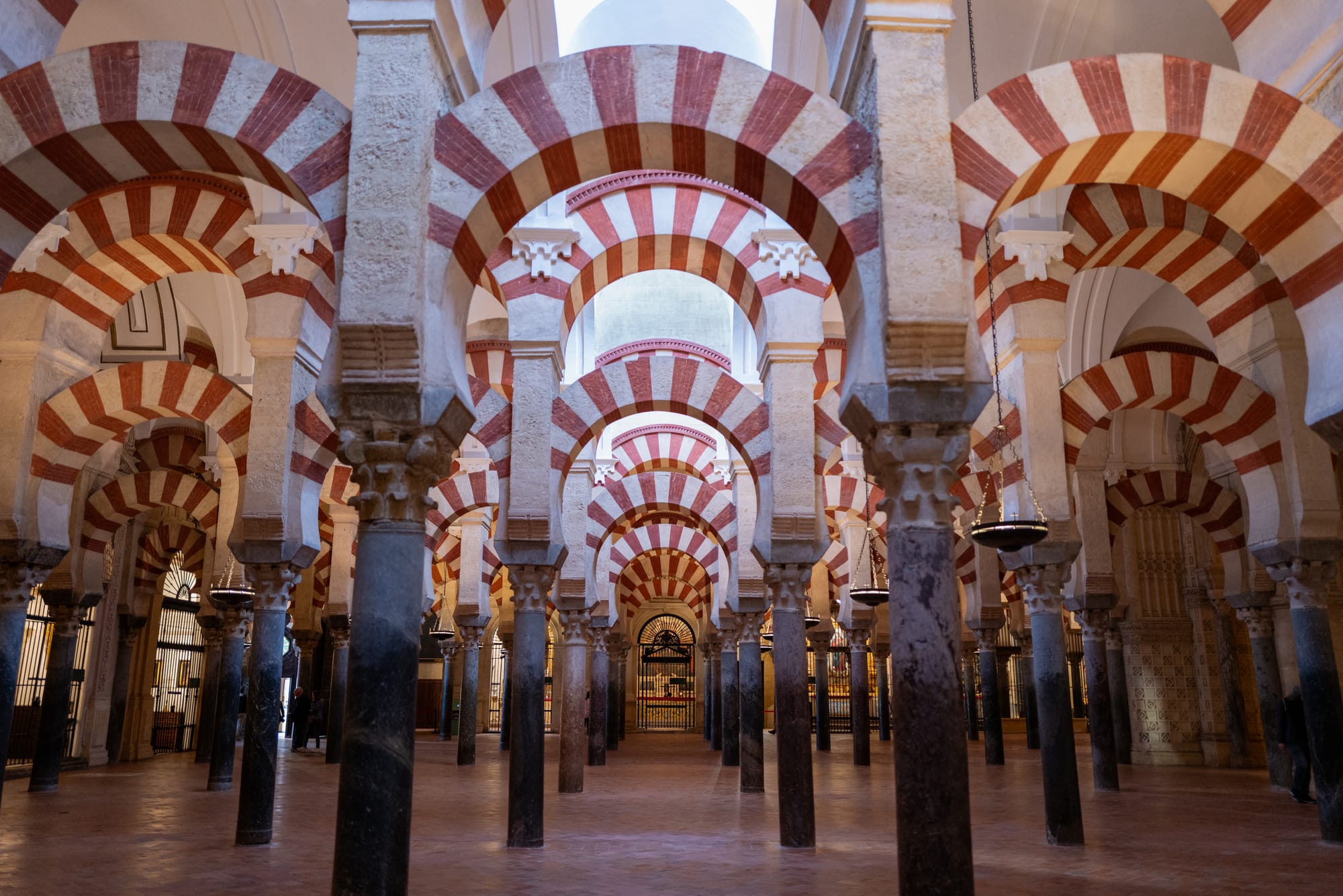
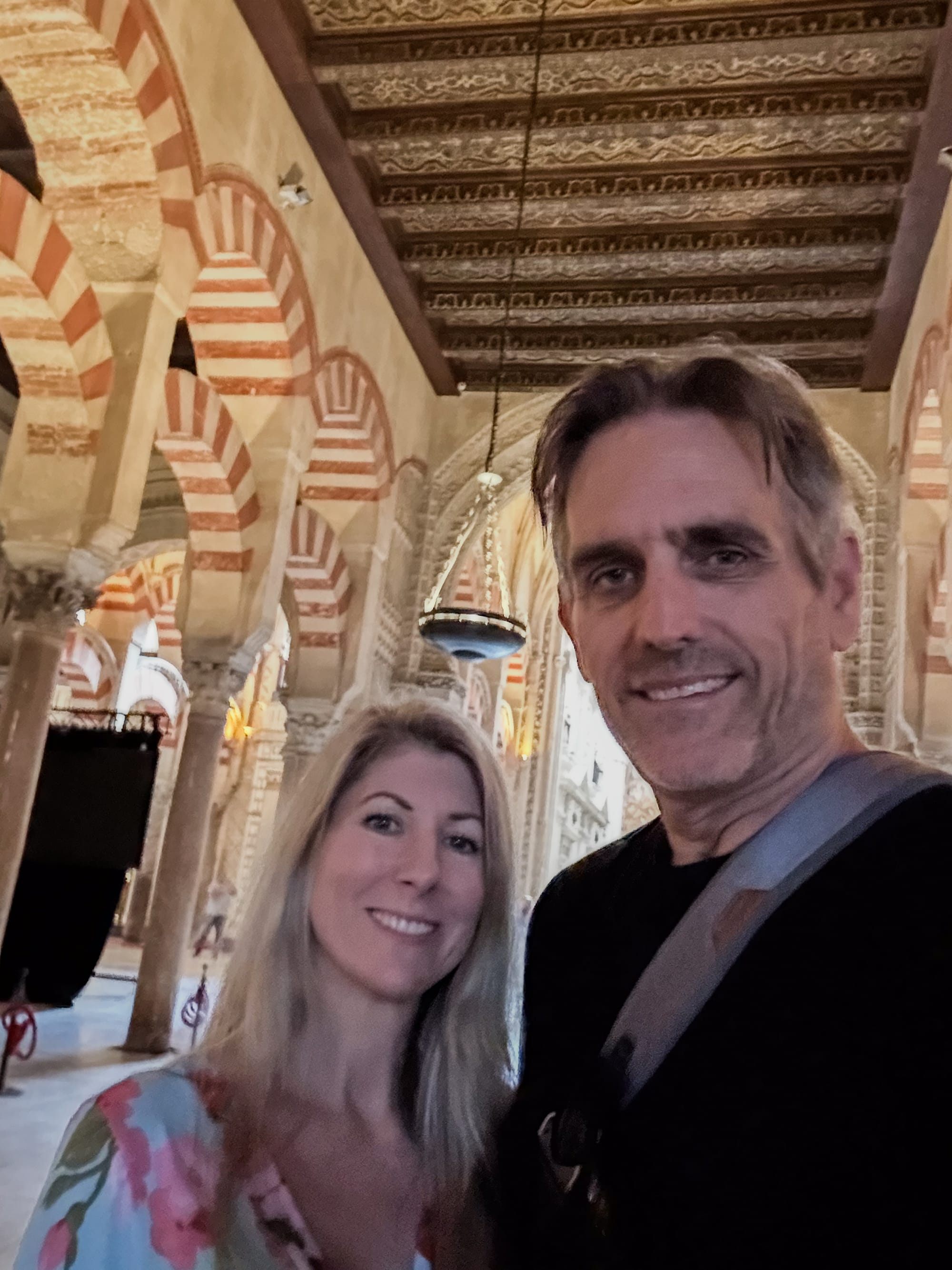
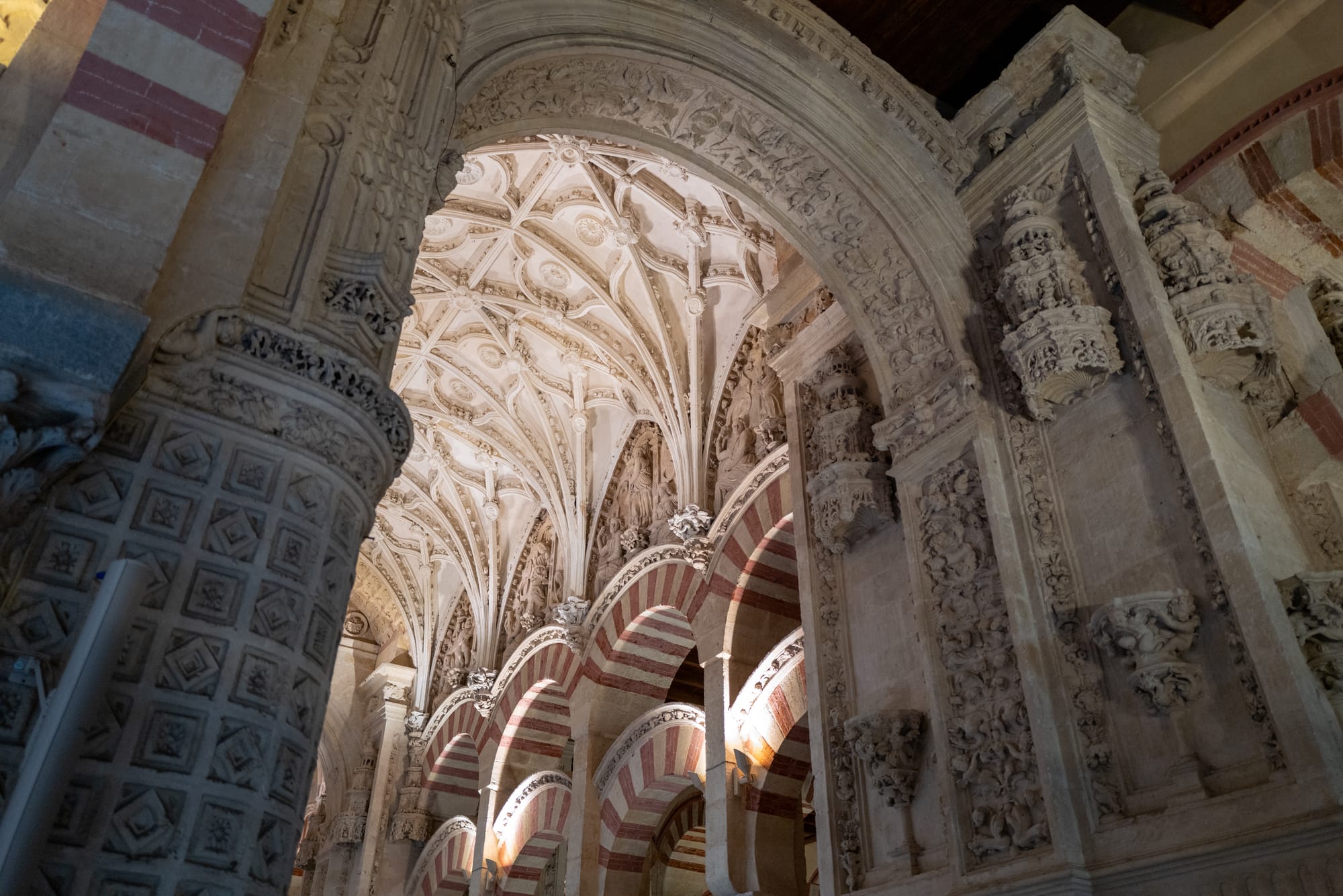
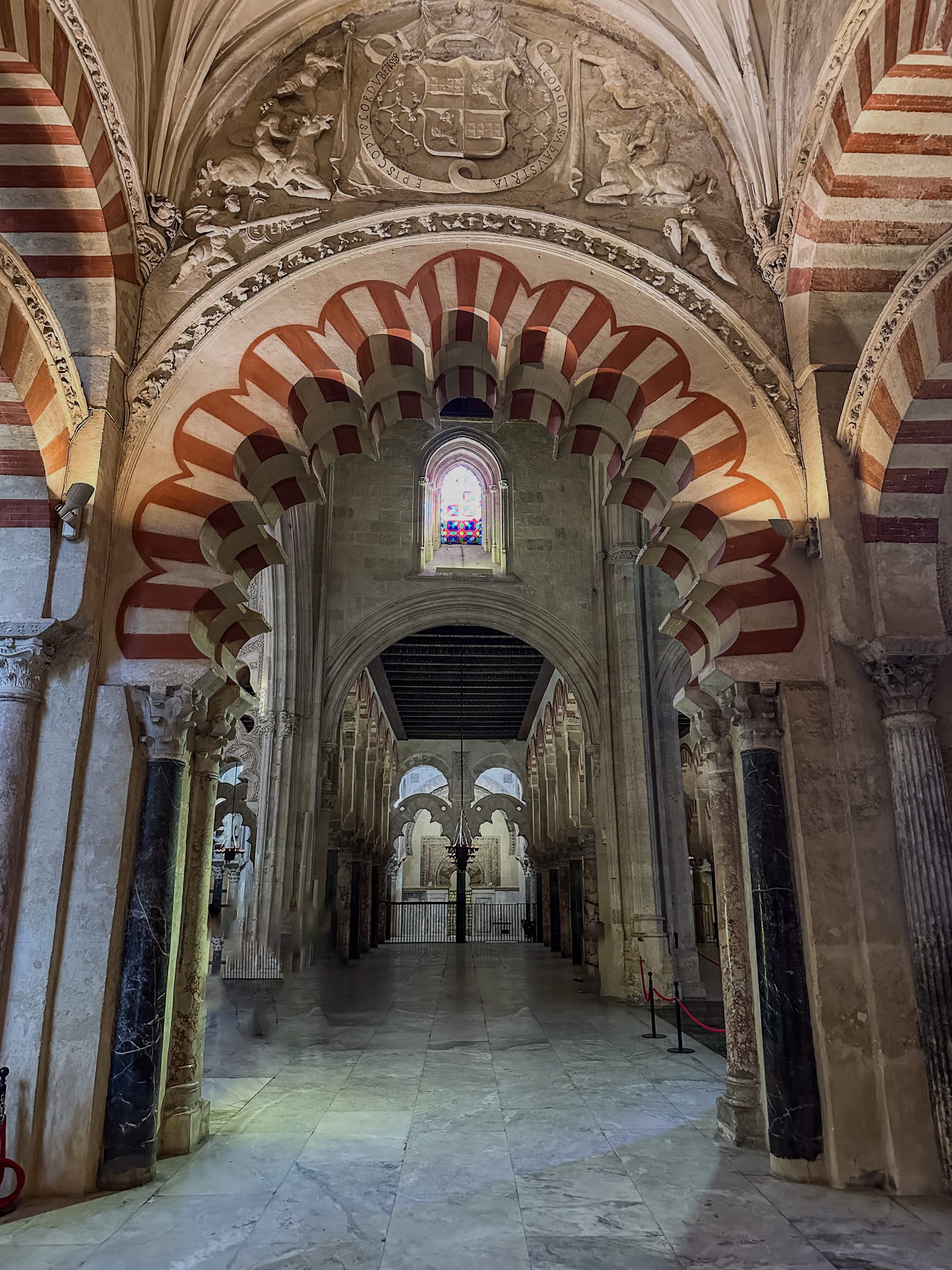
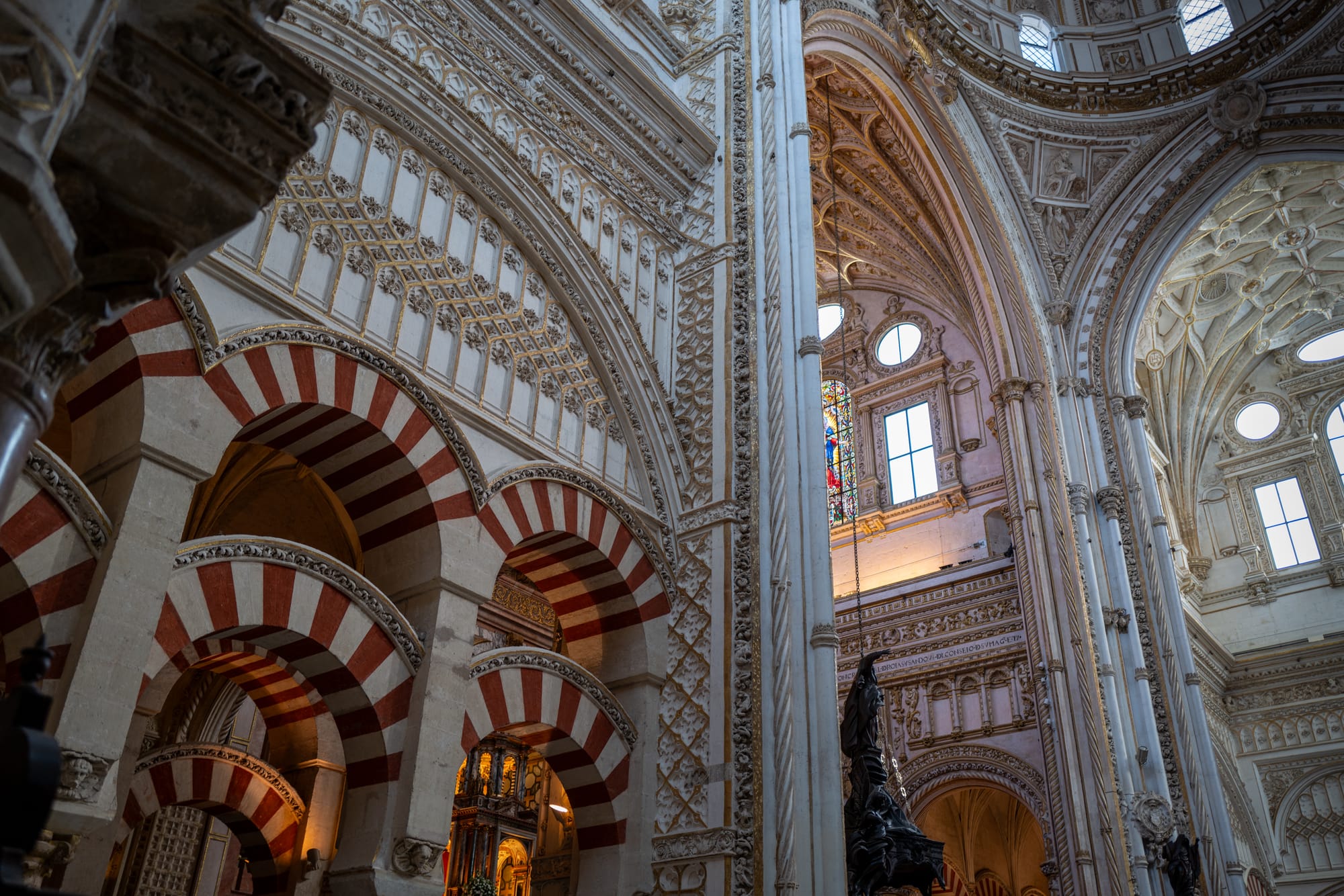
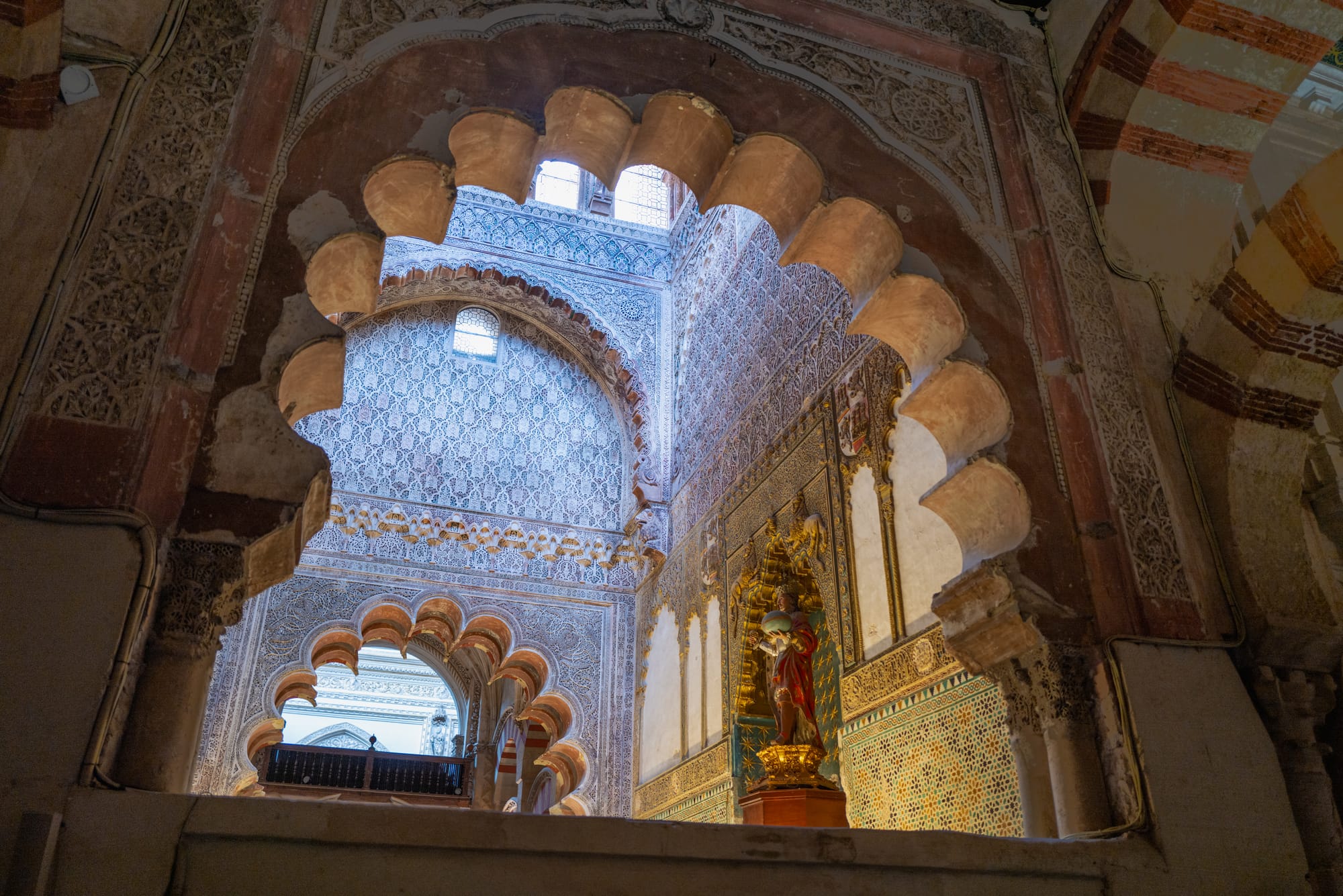
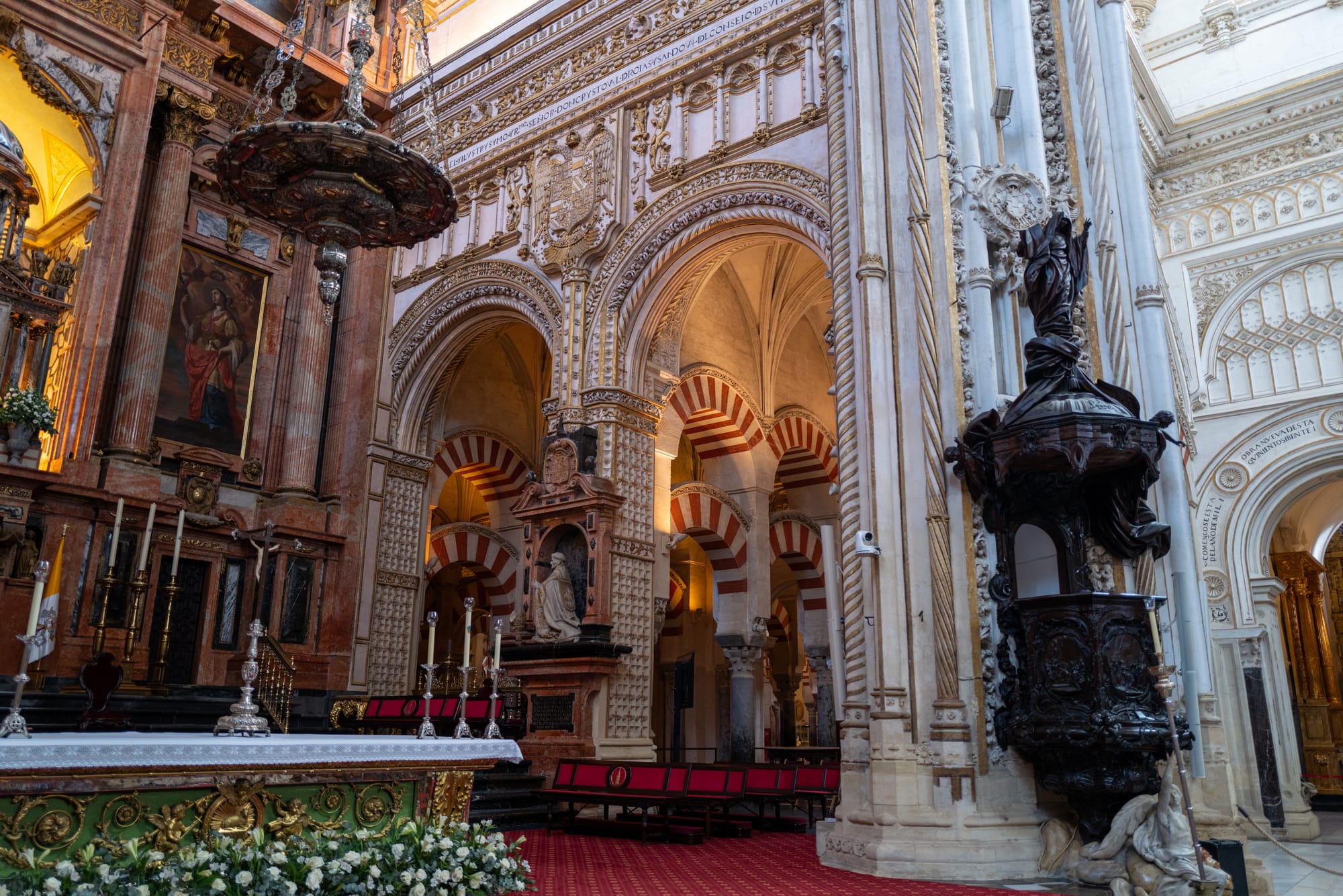
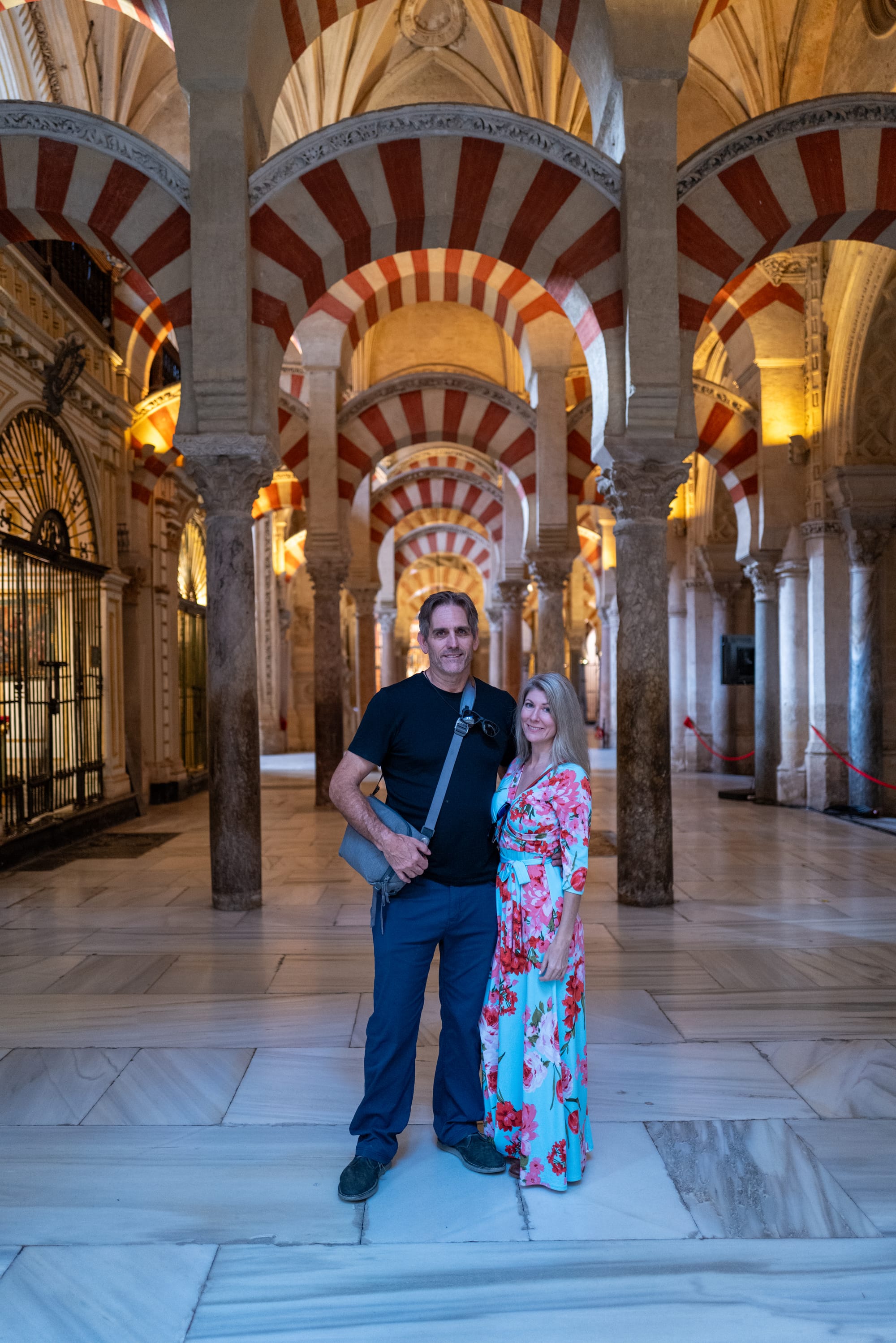
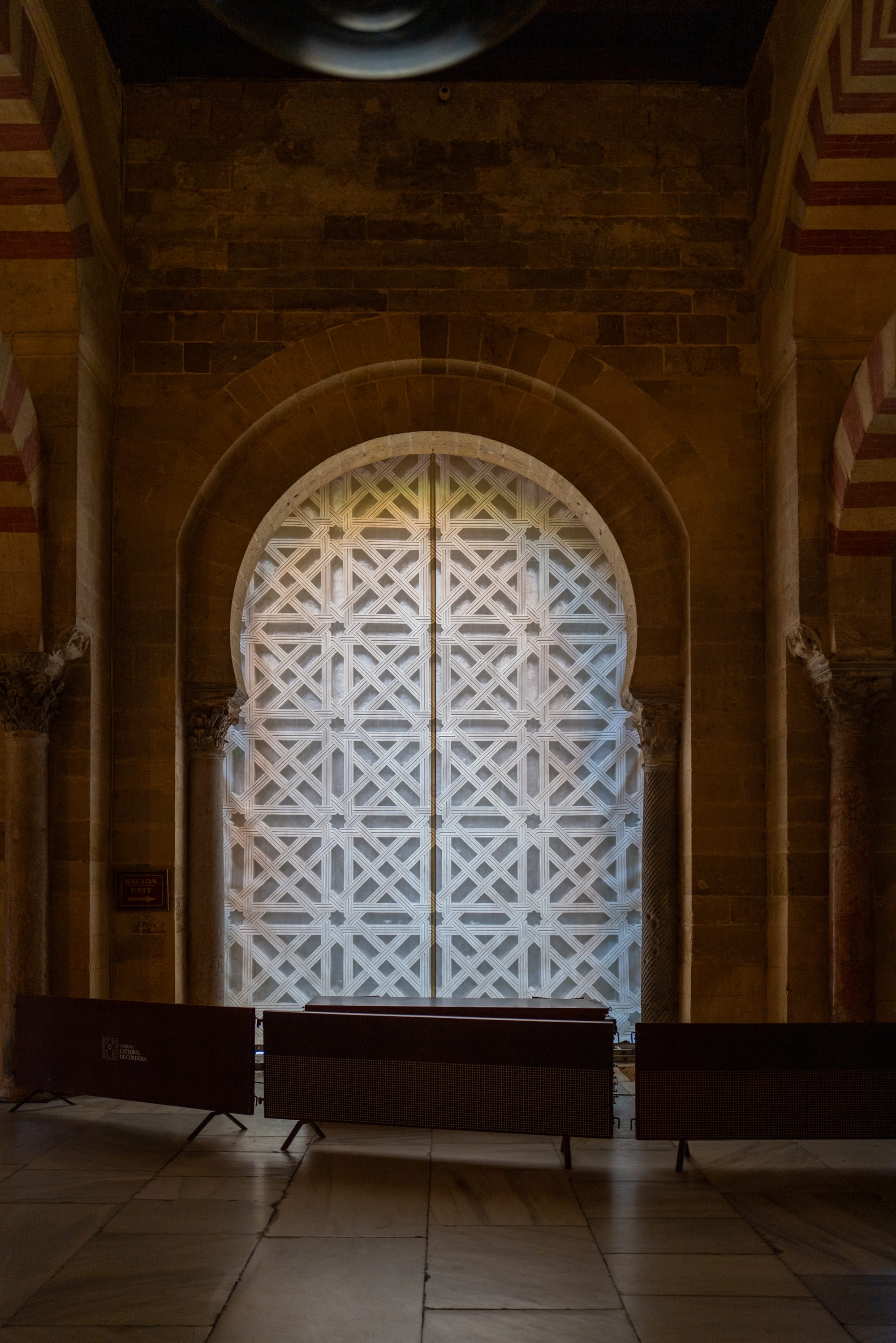
The Mezquita-Catedral de Córdoba
We finally entered the Mezquita-Catedral after lunch. The history of the Mezquita-Catedral dates back to the 8th century during Islamic rule, when the Great Mosque of Córdoba was built here the on the site of a former Visigothic Christian church. During its time as the great Mosque, it underwent several expansions and renovations, with various rulers expanding and adding their own architectural elements, until the 13th century following the Christian Reconquista of Spain. Rather than destroy the Mosque and maybe repurpose an entryway and the minaret (as was done in Seville), the mosque was instead "converted" into a cathedral. This conversion involved the addition of a Gothic-style cathedral nave in the heart of the mosque. The fusion of Islamic and Christian architectural elements in one structure makes the Mezquita-Catedral a one of the most unique and captivating cathedrals in all of Europe, with it's most notable feature being the stunning forest of over 800 columns and arches made of alternating red and white stones.
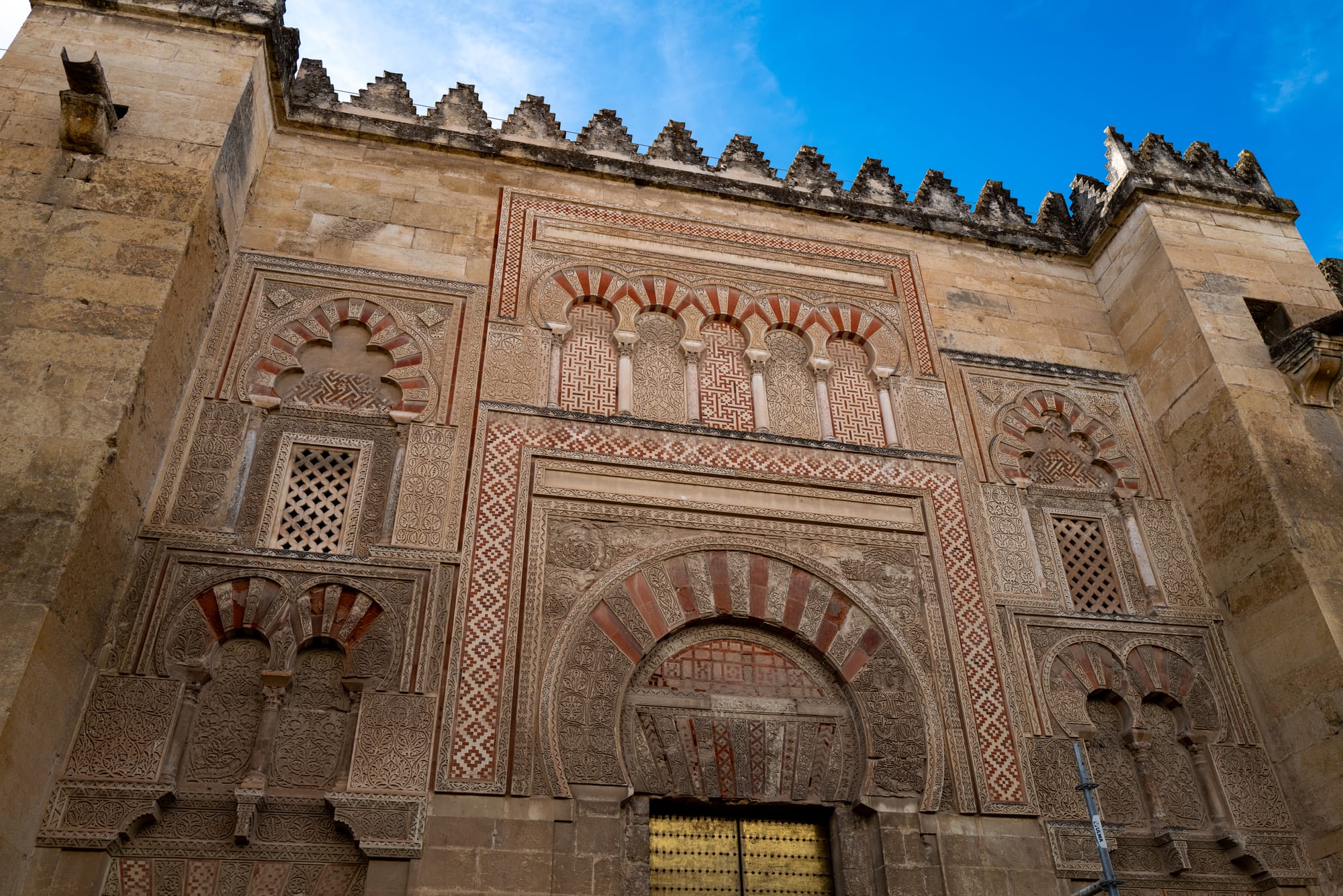
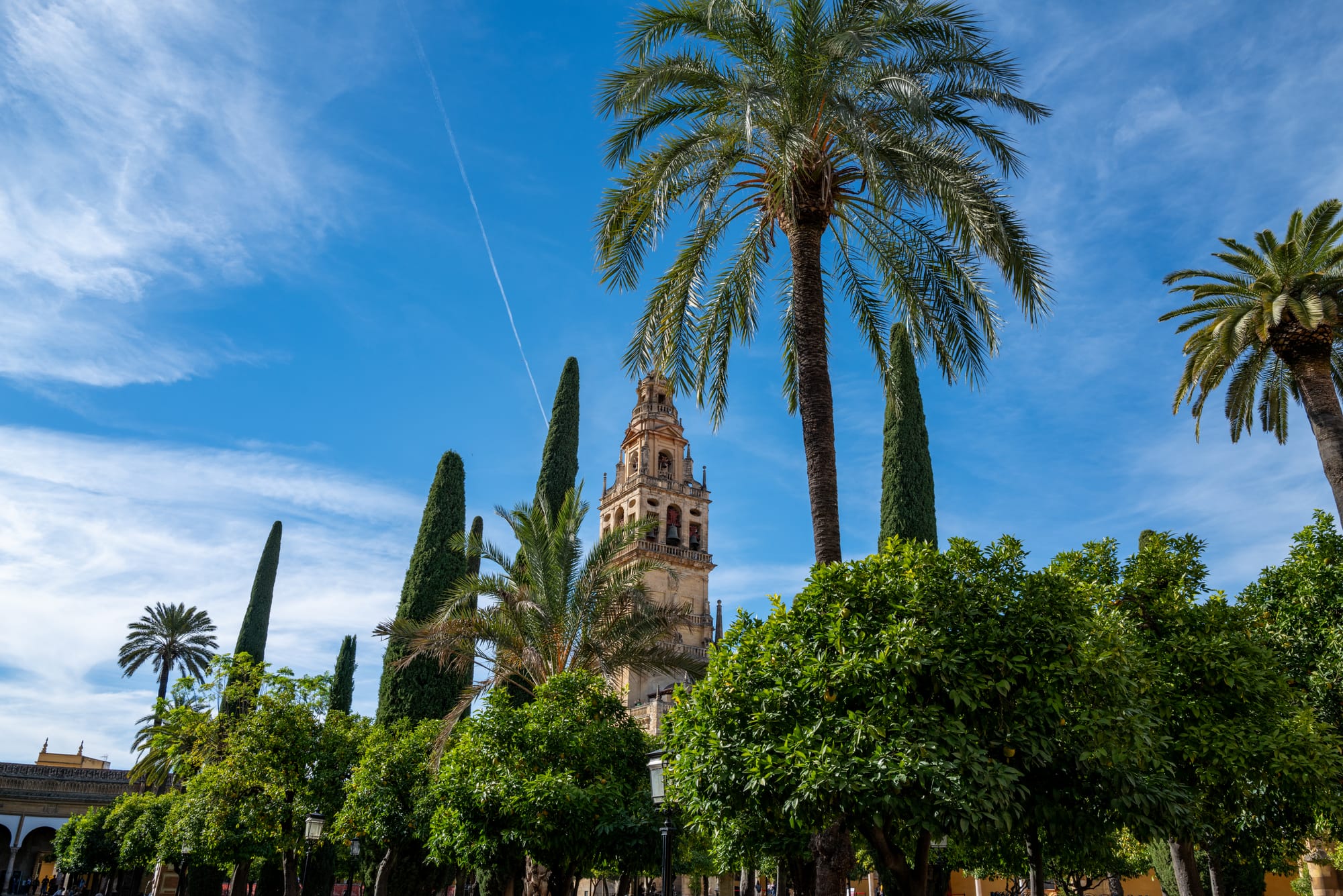
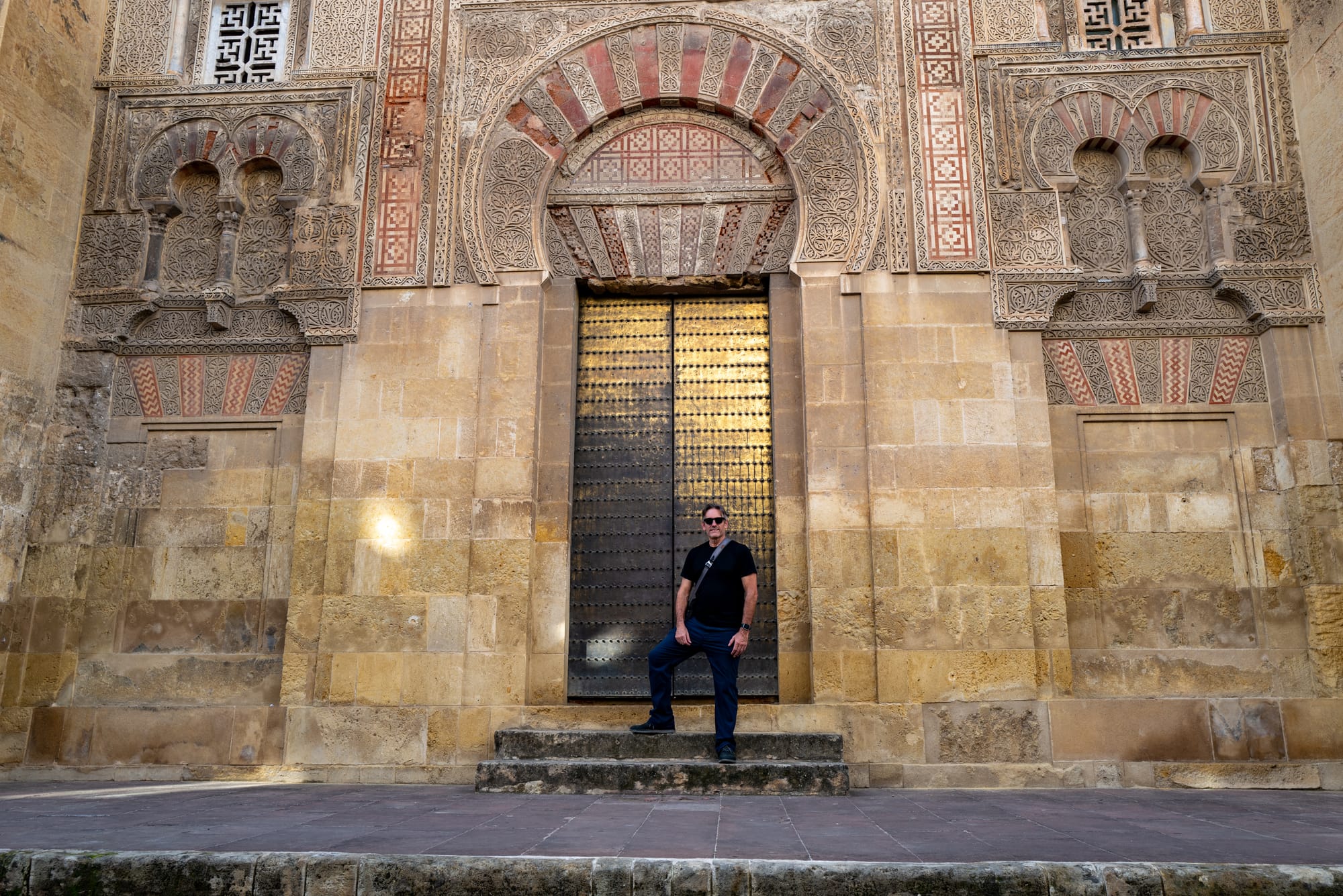
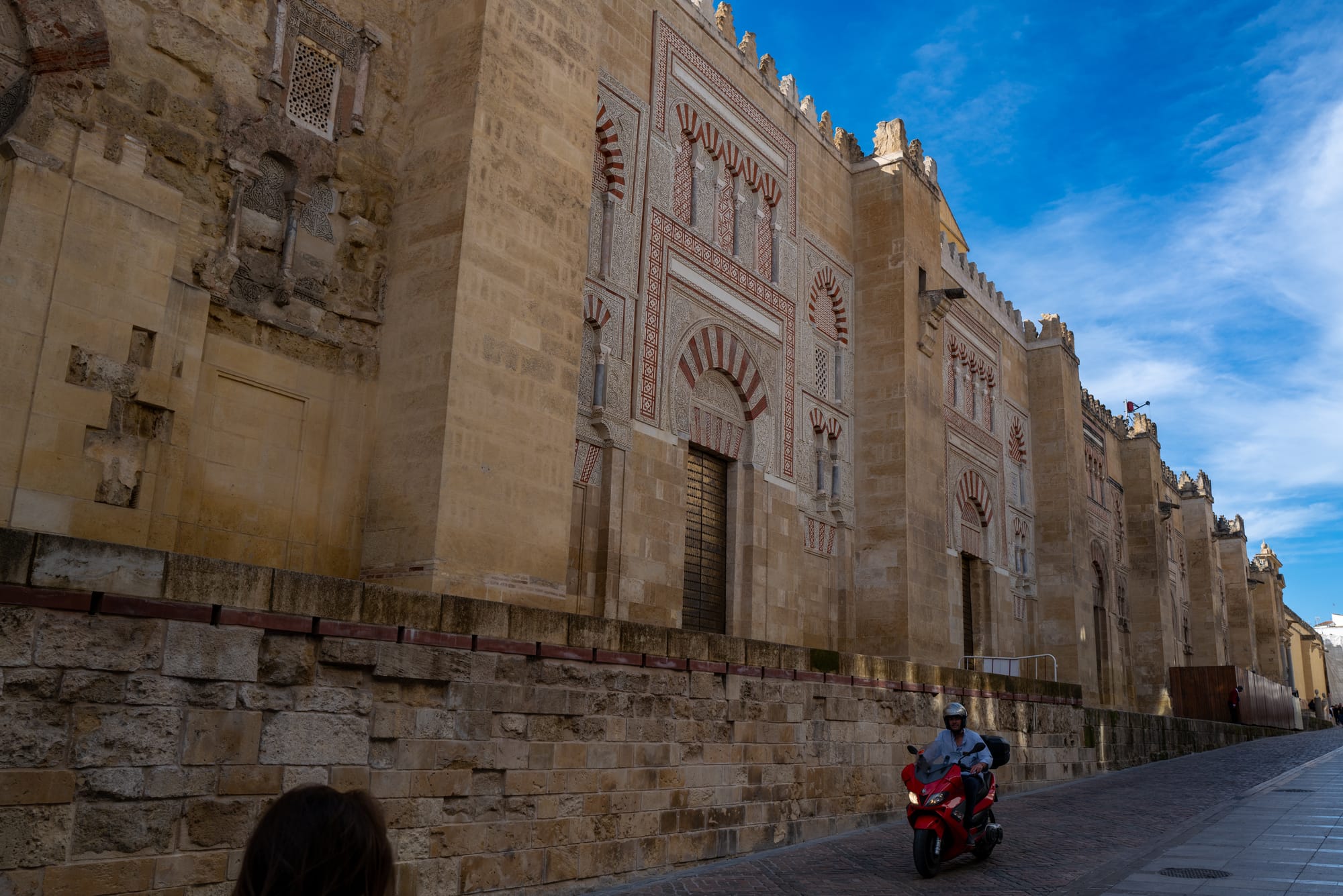
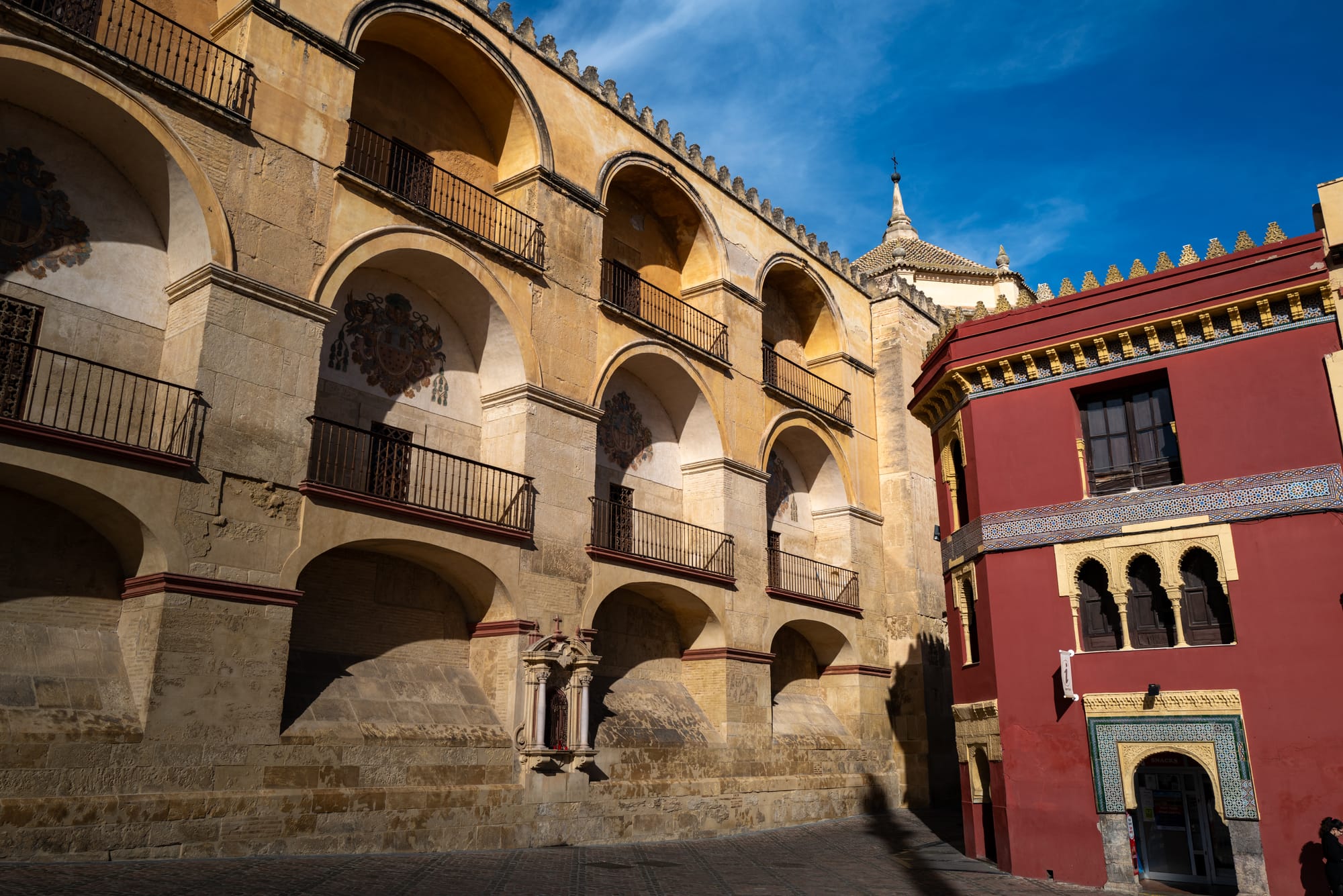
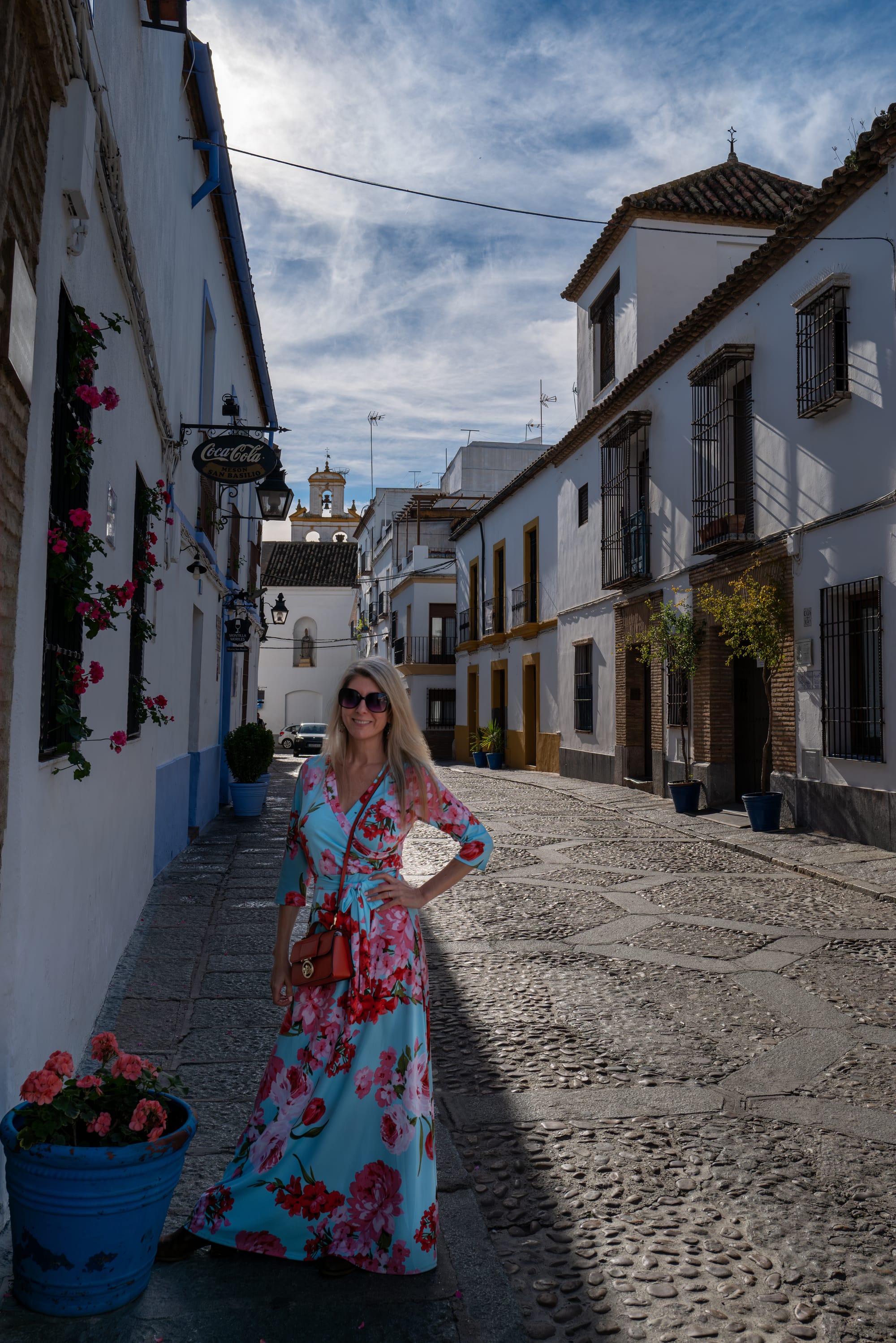
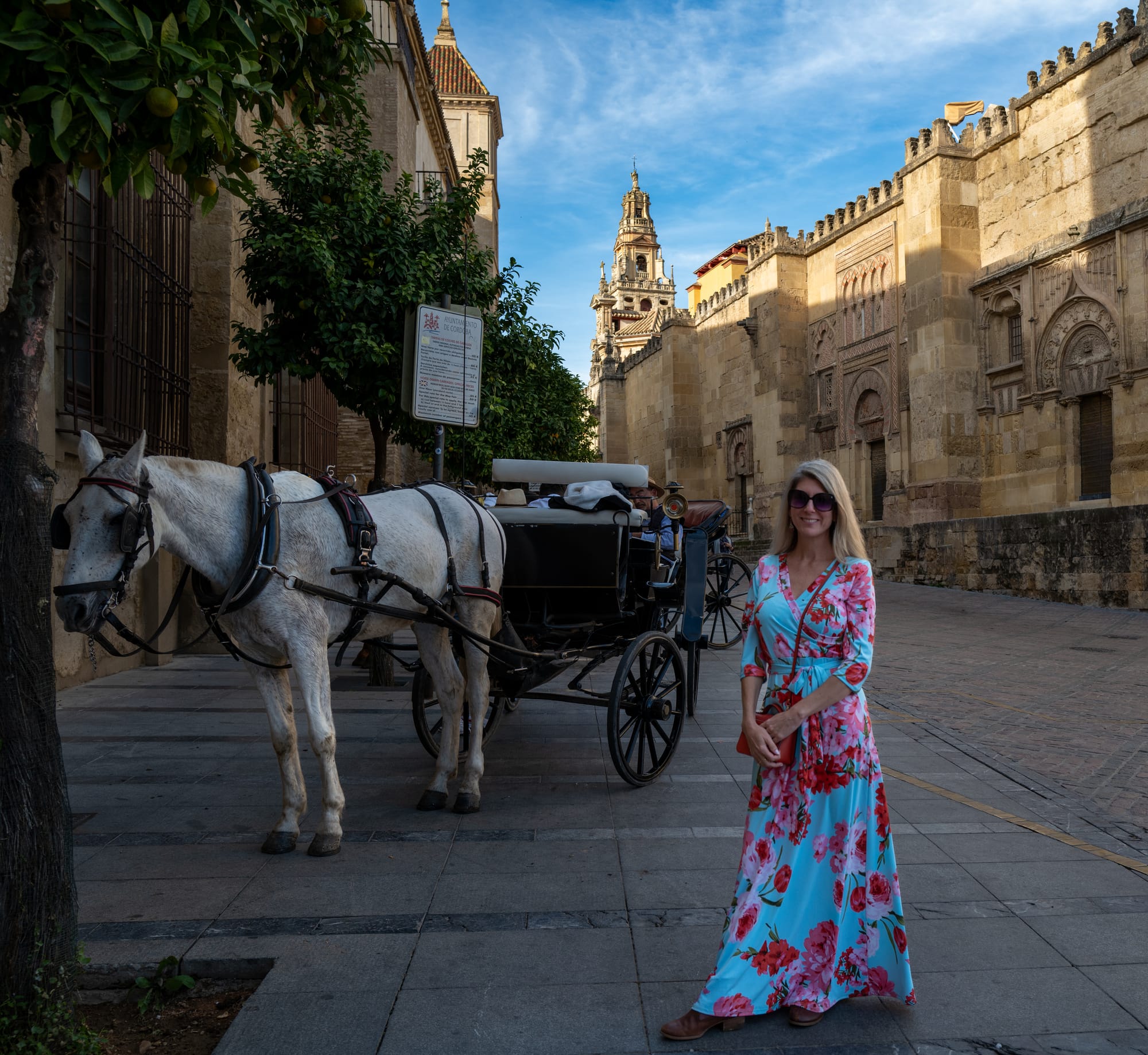
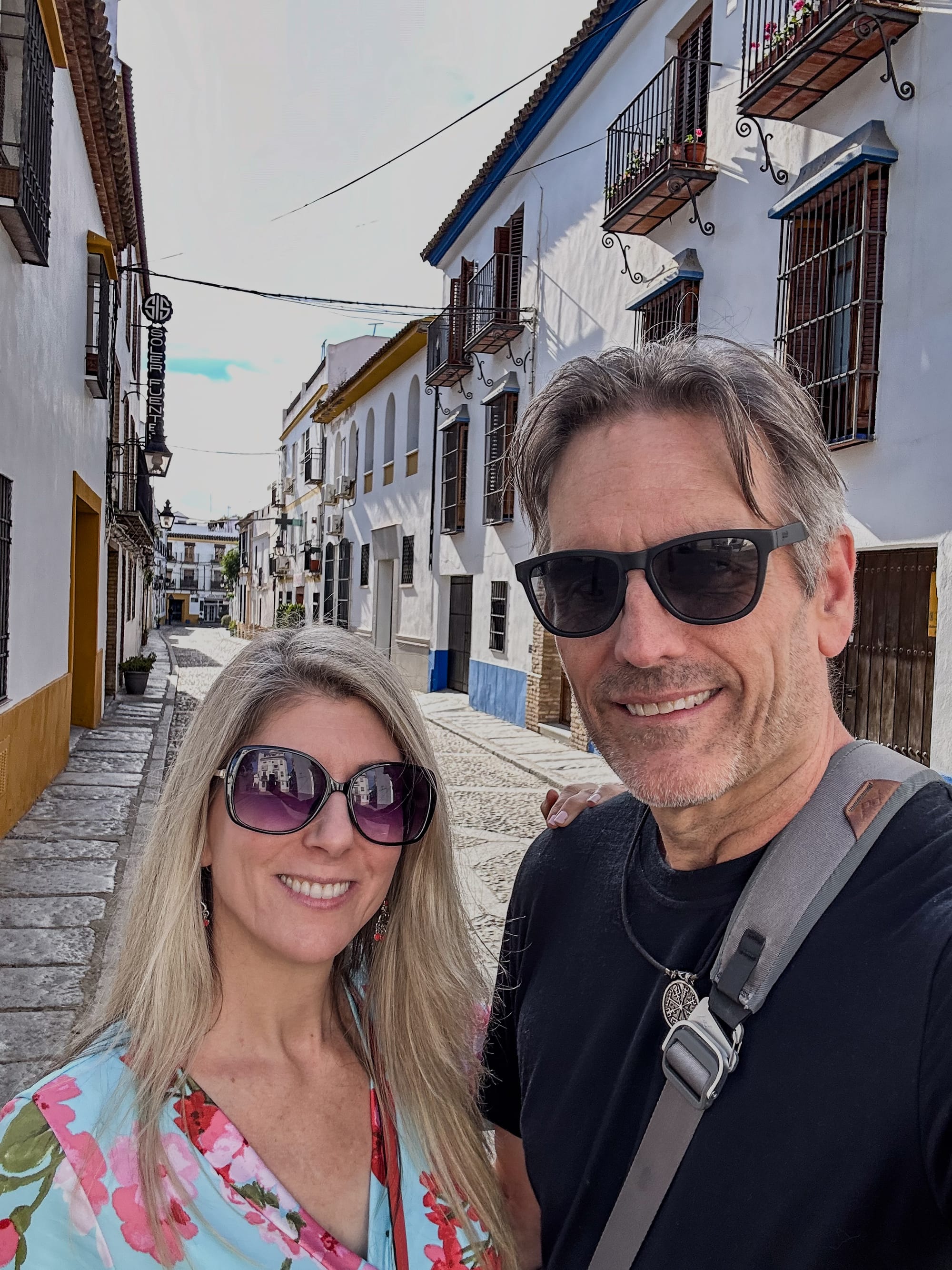
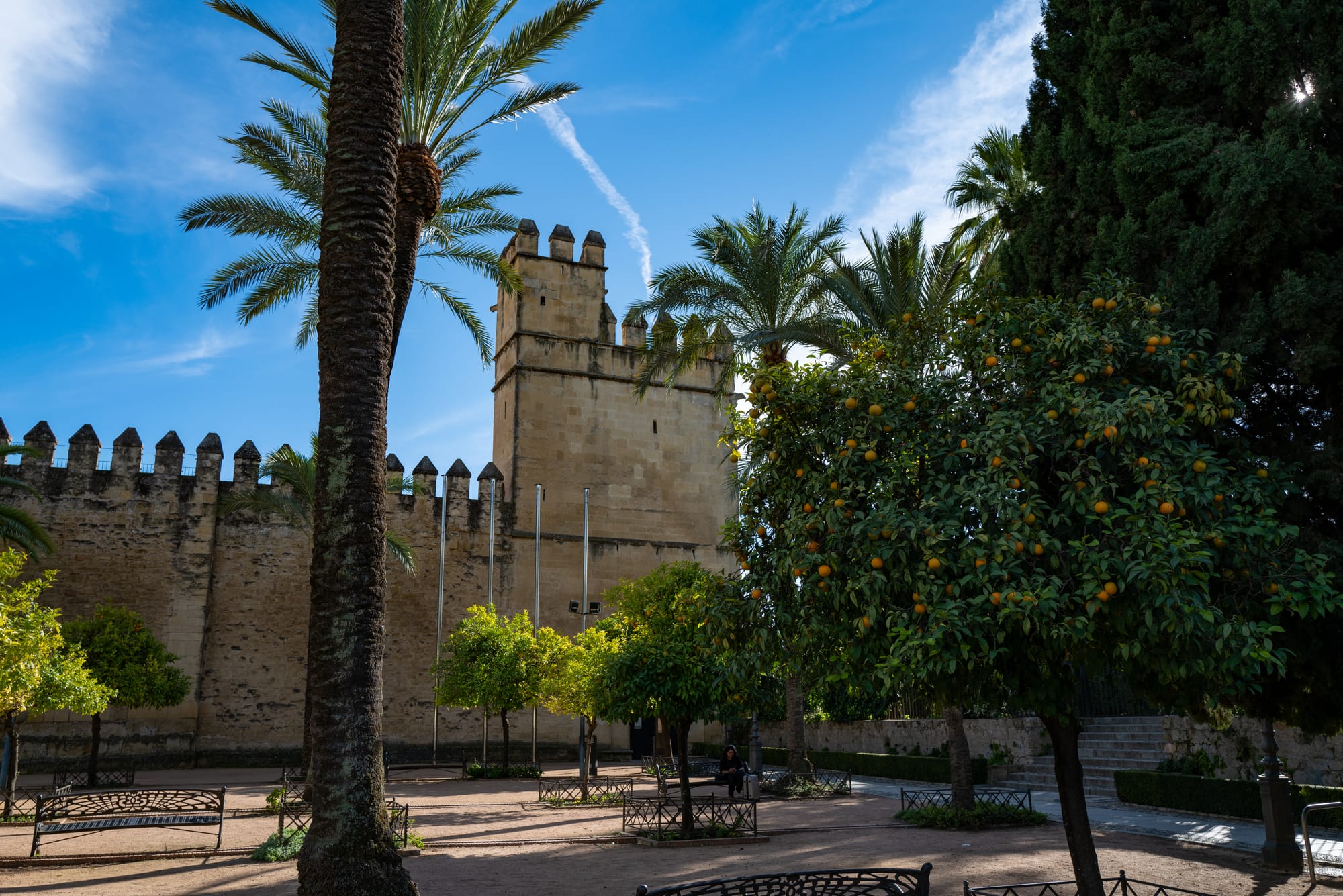
After touring the inside of the Mezquita, we had some time to kill before our timed entry ticket to the bell tower, so we checked out the exterior façades of the cathedral, then headed to The Patios of Cordoba. Cordoba is famous for its charming patios, known locally as "patios cordobeses." These private courtyards burst into life during the annual Patio Festival in May, when residents compete to showcase these beautifully adorned spaces. The patios are decorated with colorful flowers, intricate tile-work, and serene fountains, creating an oasis of tranquility in the otherwise, bustling, ancient city. They offer a glimpse into the Moorish architectural tradition that has left an indelible mark on Cordoba's landscape. Some of the patios are open year-round, but unfortunately not on Mondays, the day of our visit here. We didin't get to actually view one, but the area itself is quaint and charming and we had a lovely afternoon snack at a local cafe here. We've put a pin in this for future exploration.
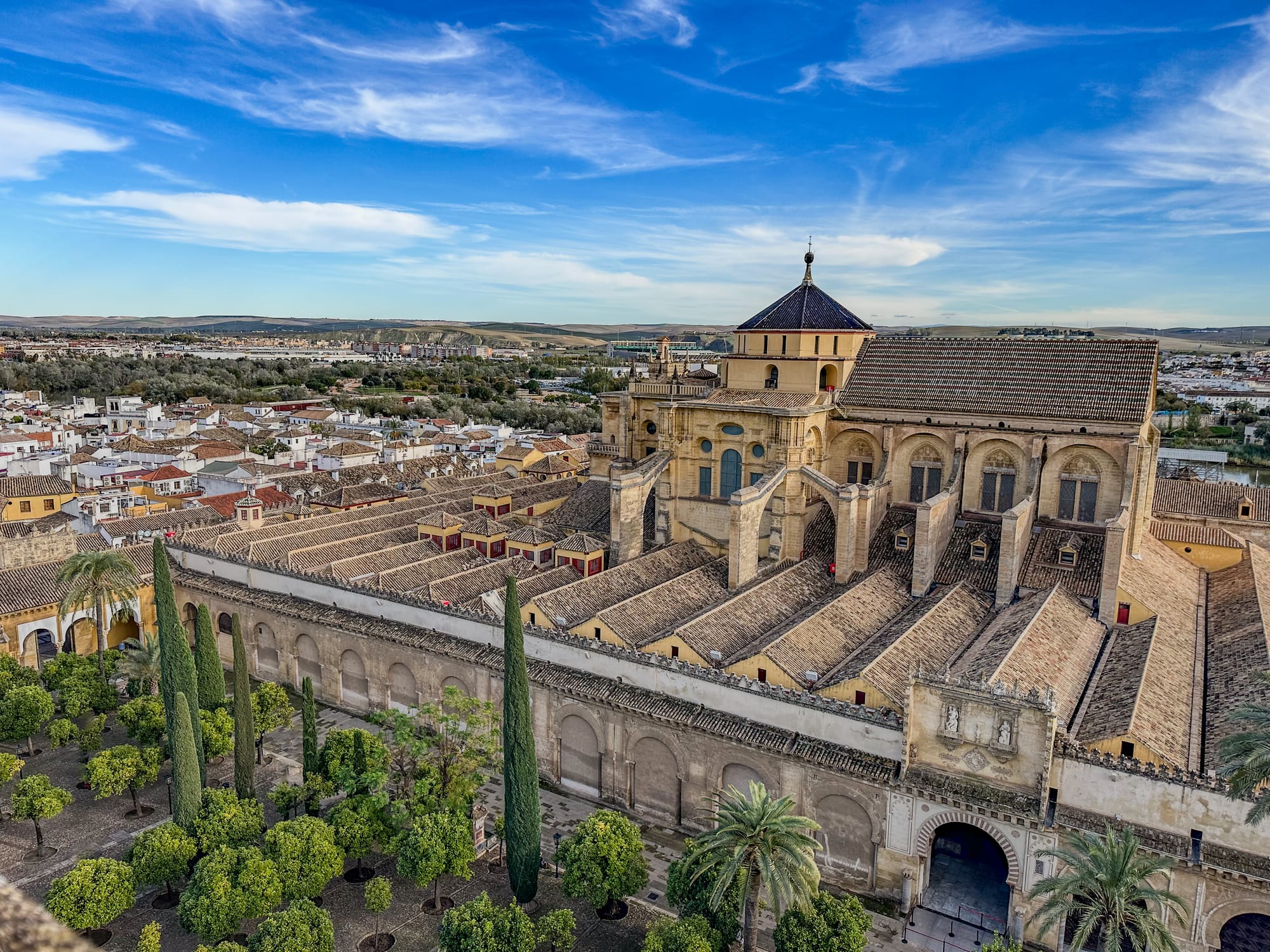
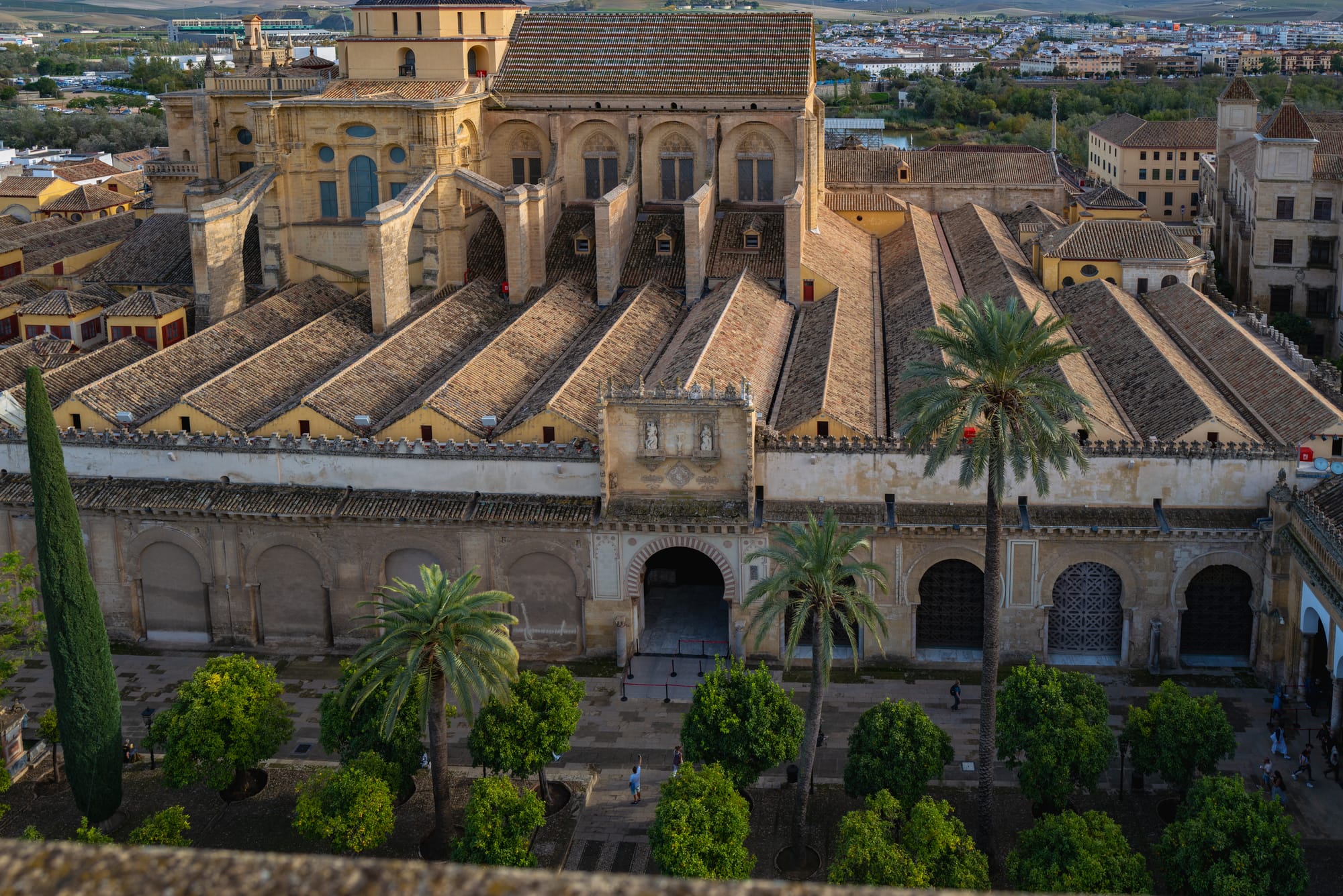
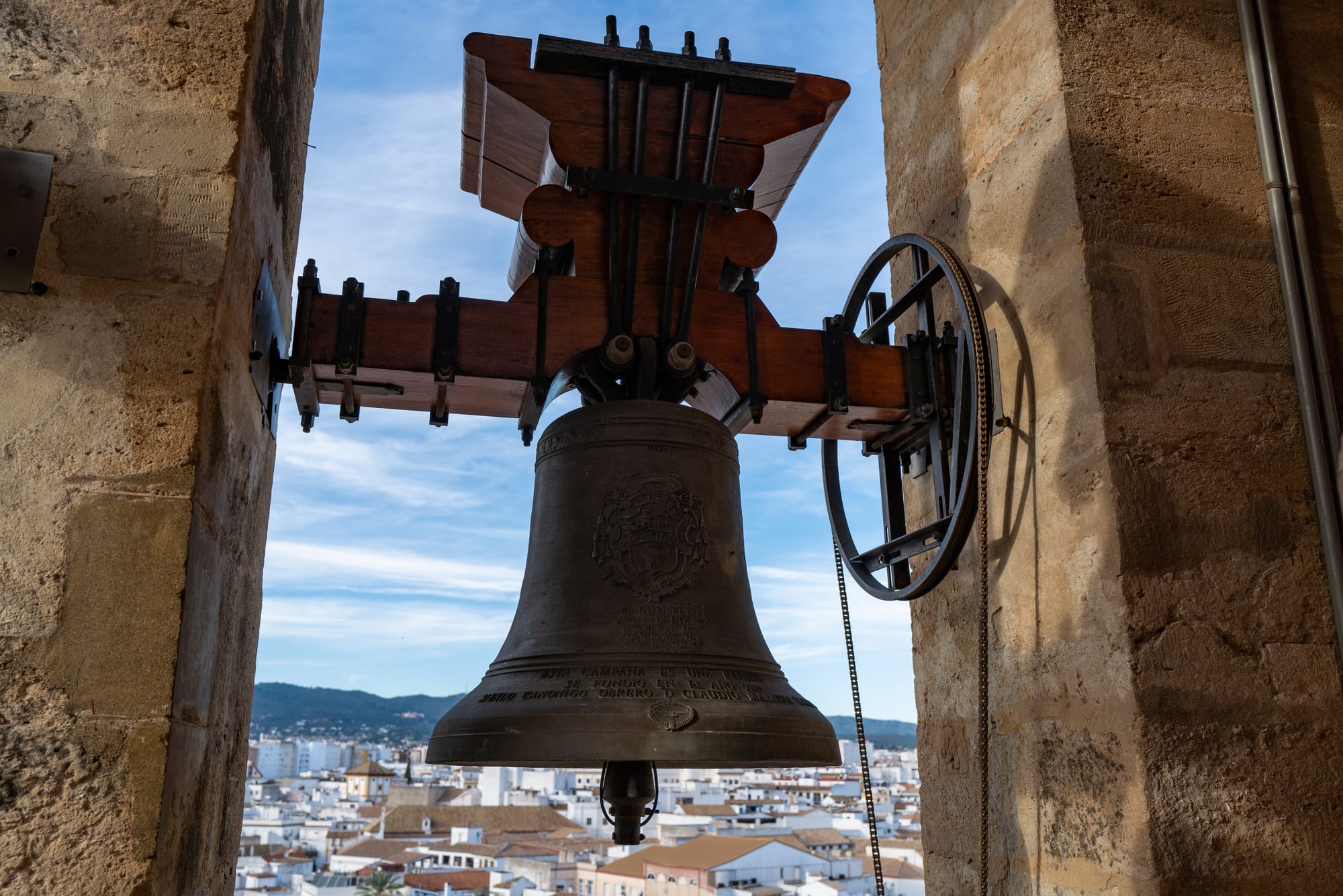
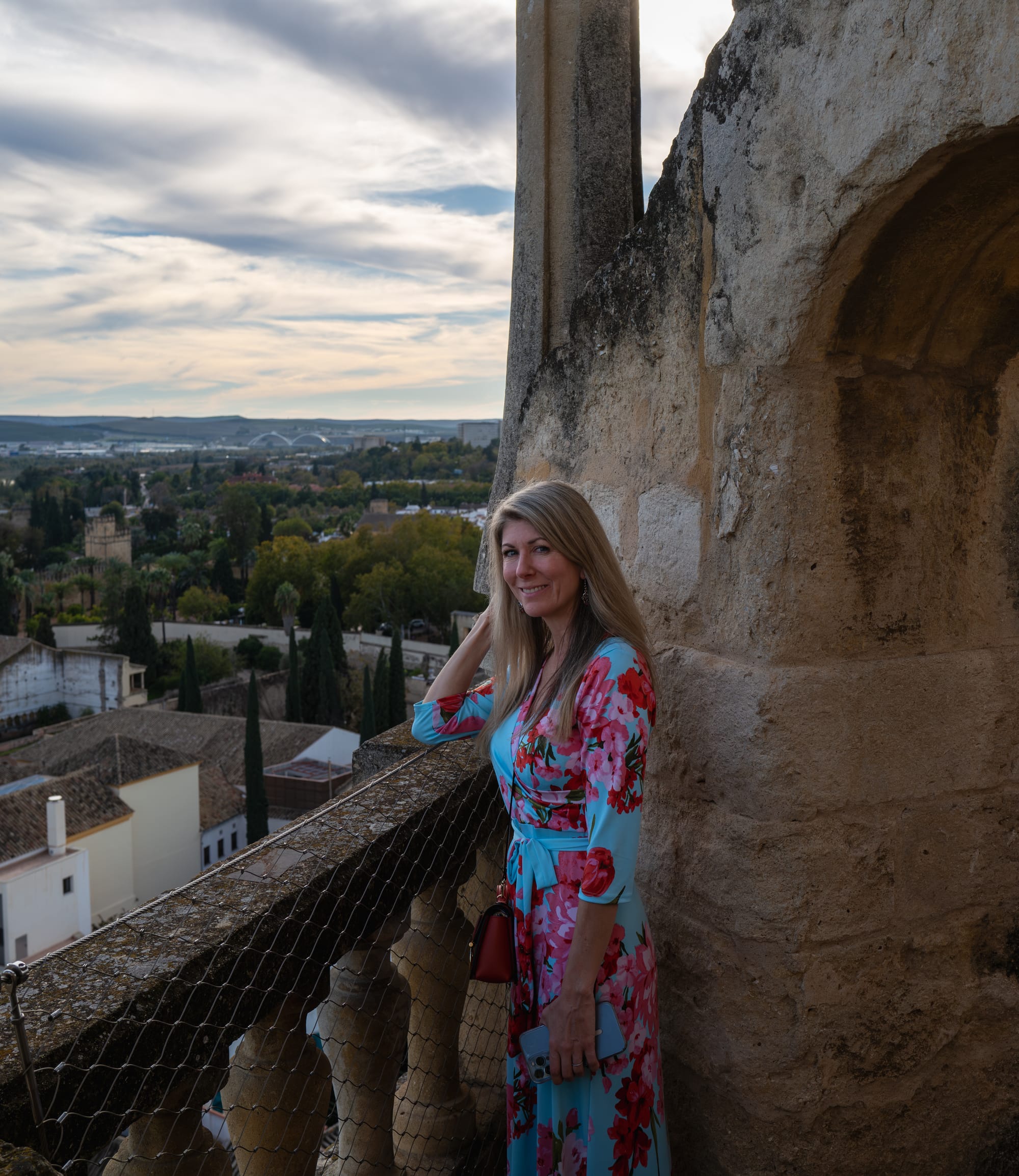
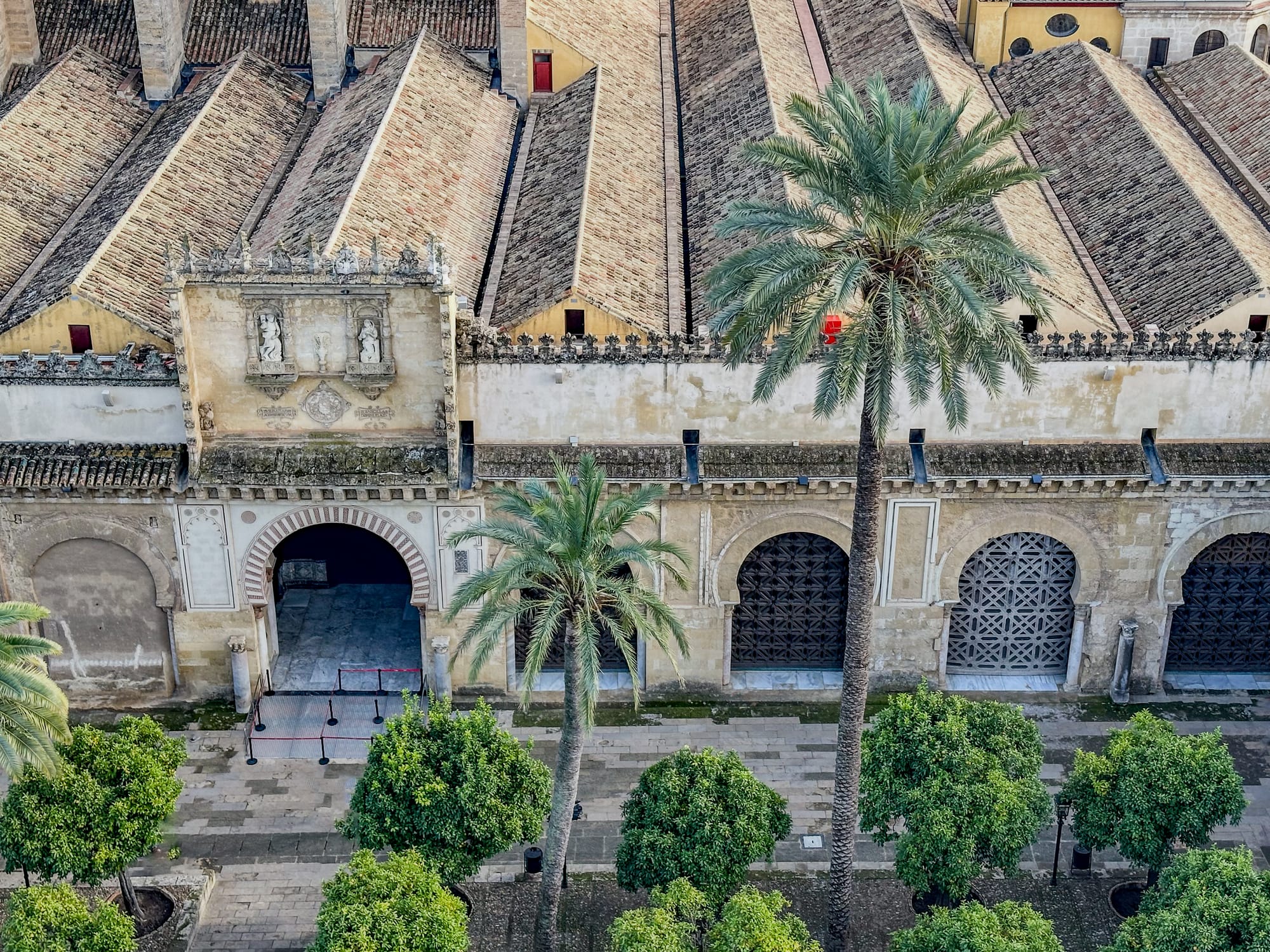
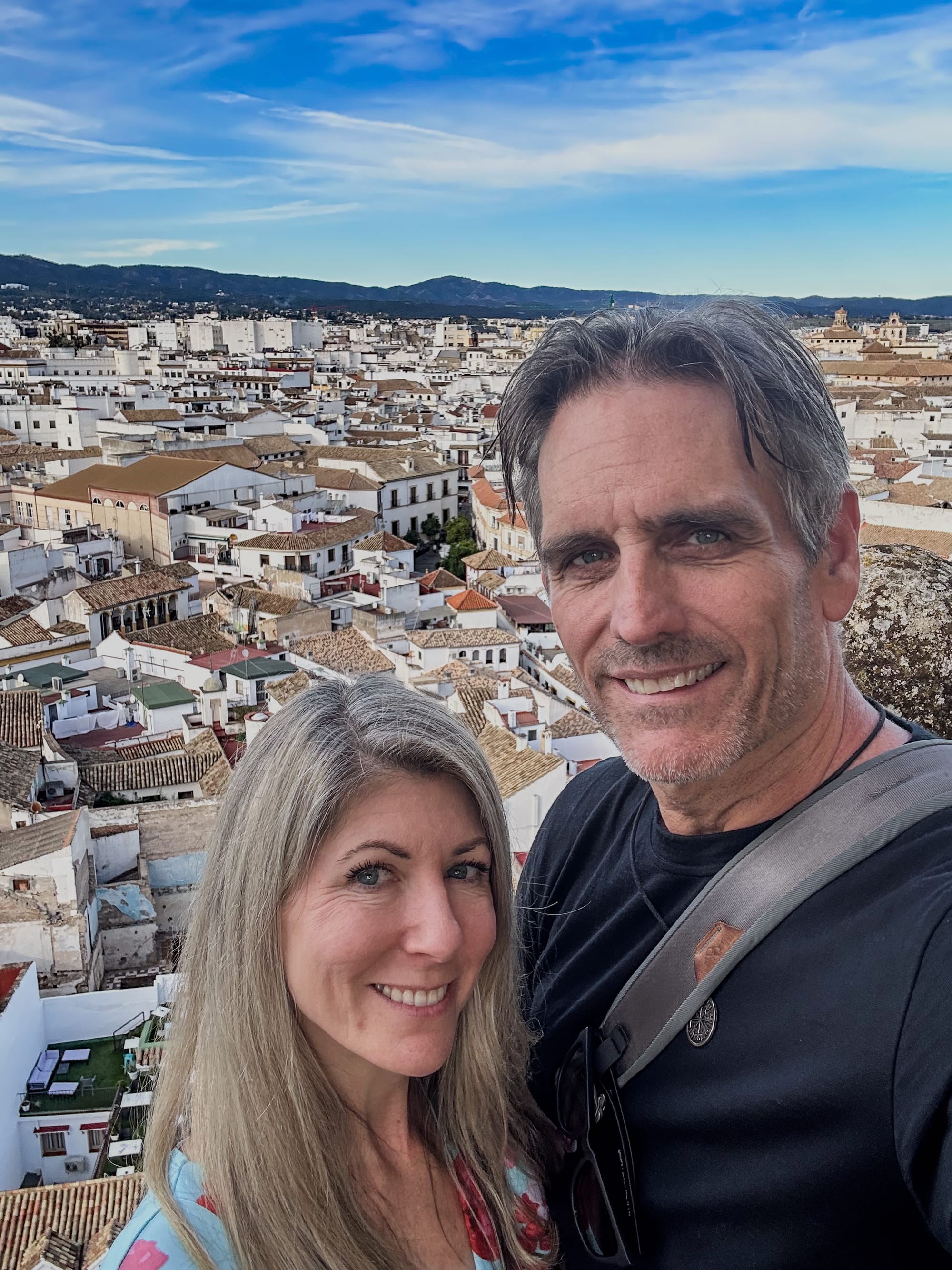
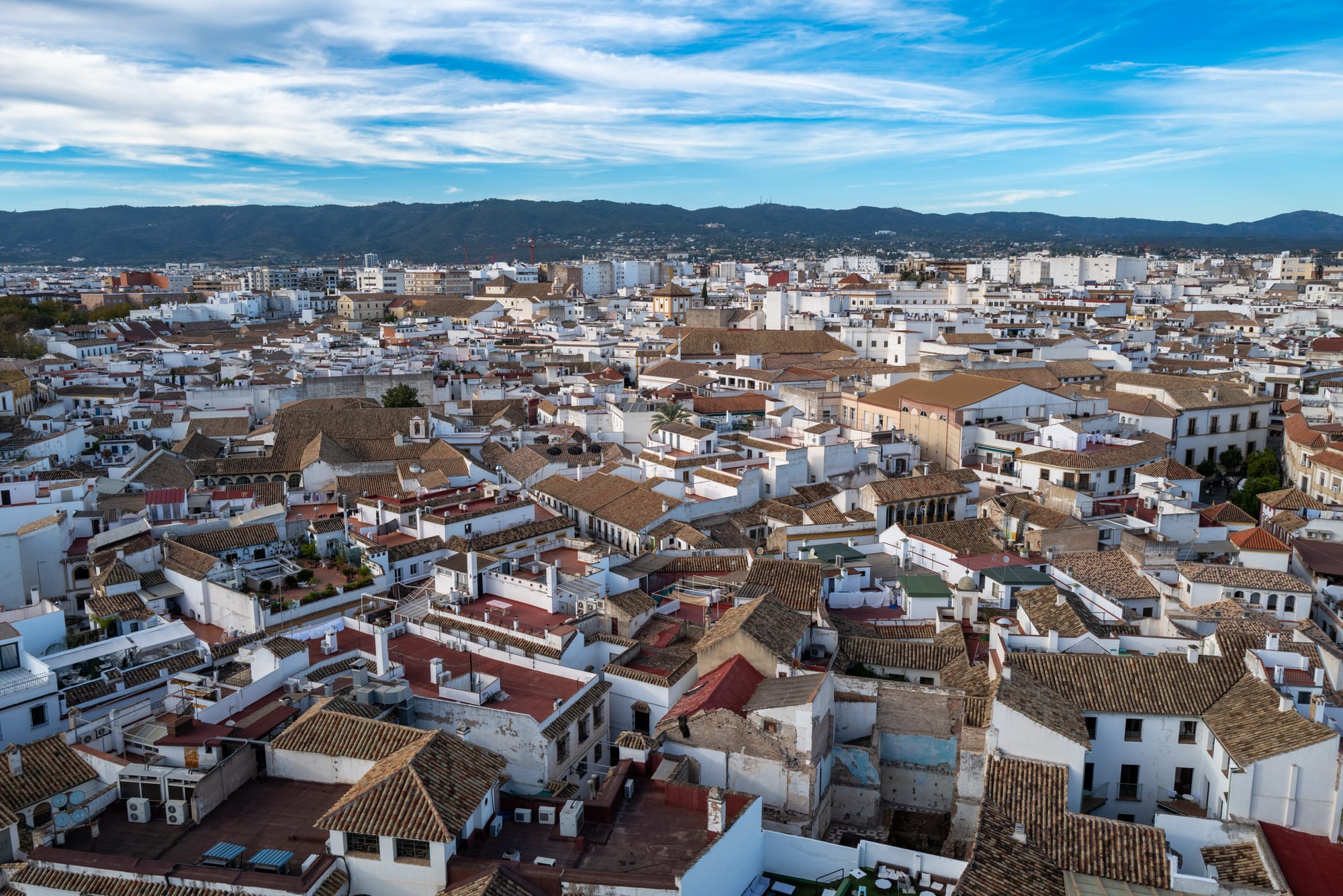
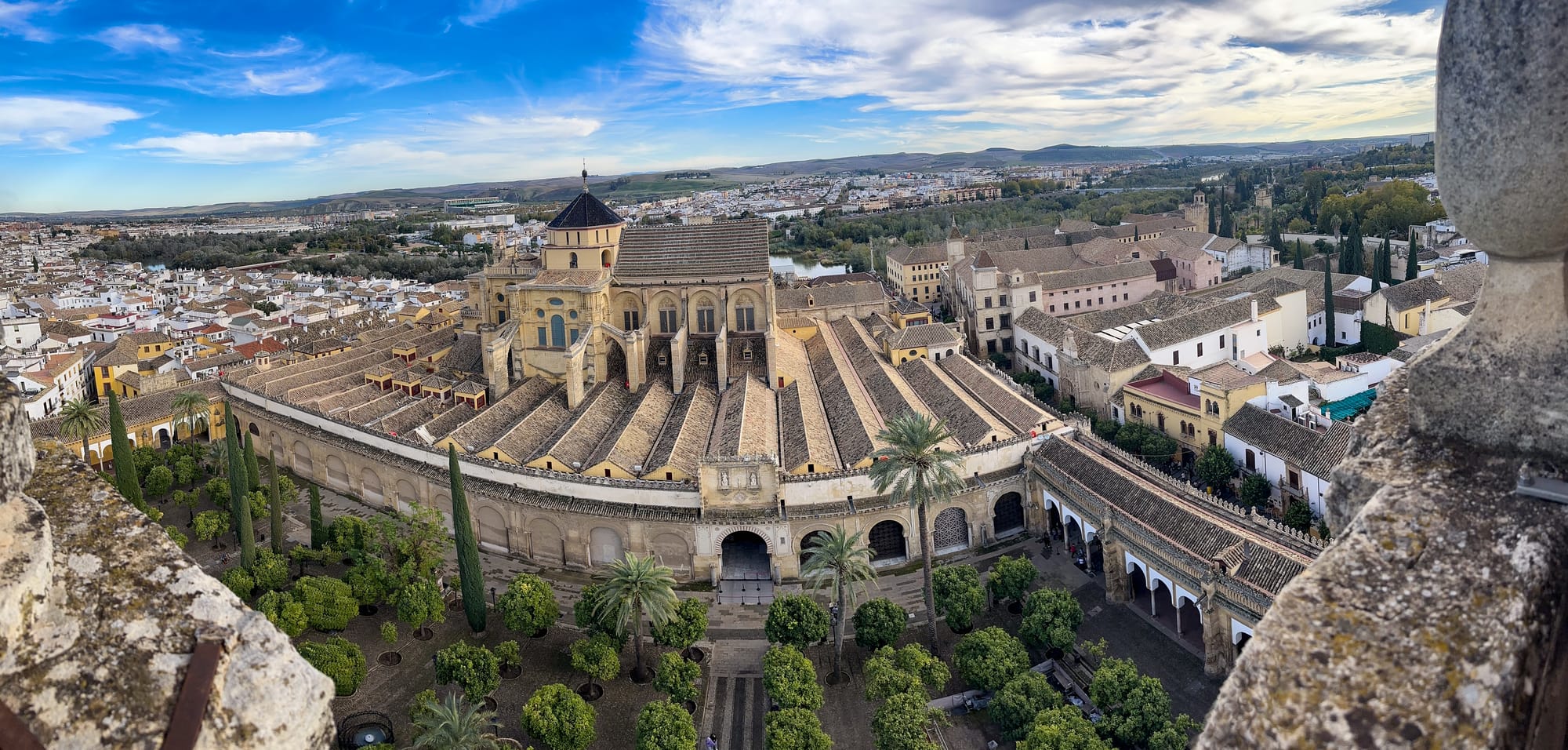
We returned to the Mezquita to climb the "Torre del Alminar," as it's known to the locals, for an epic view of Córdoba. This former minaret stands tall at 54 meters (roughly 177 ft) and is the tallest structure in Córdoba.
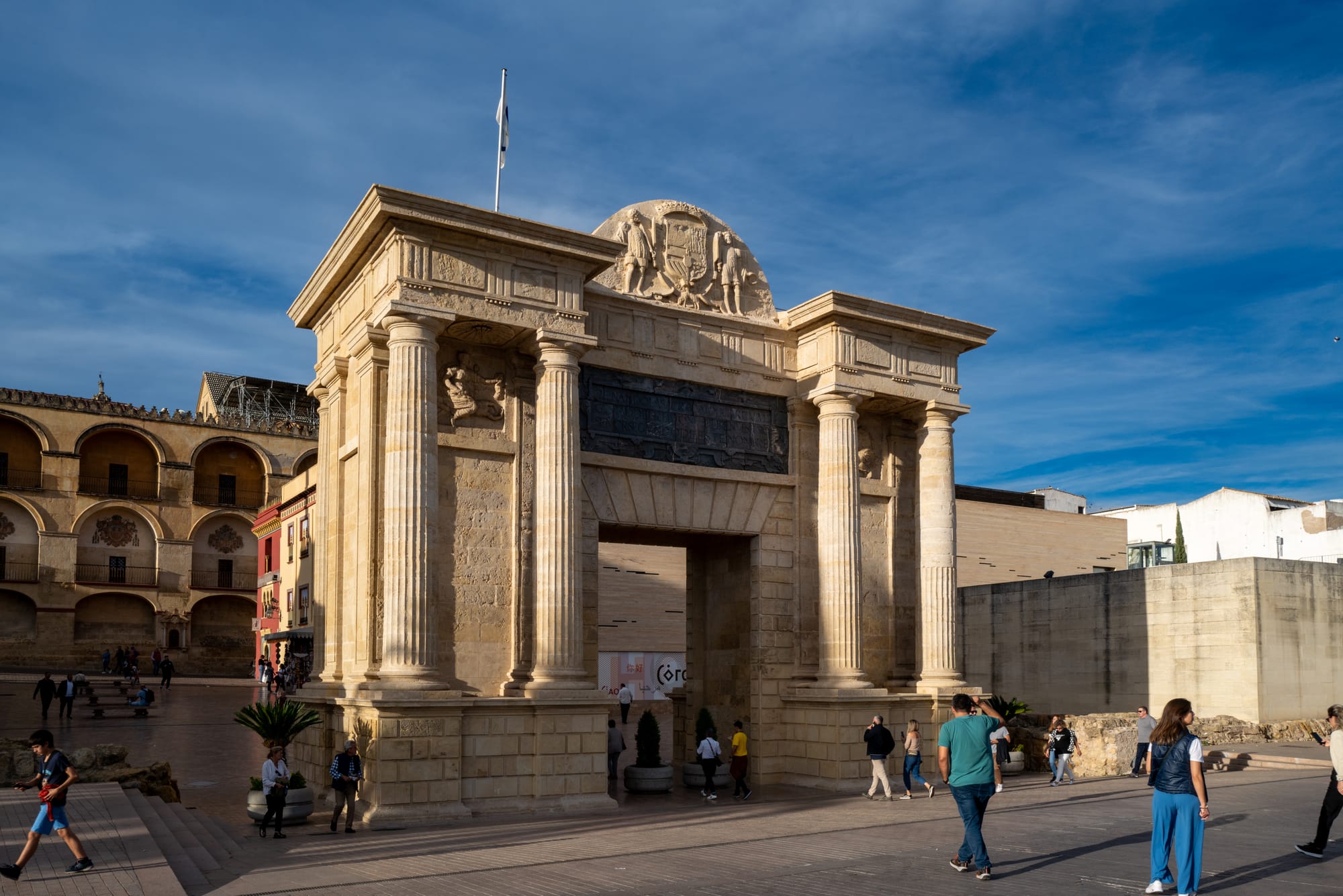
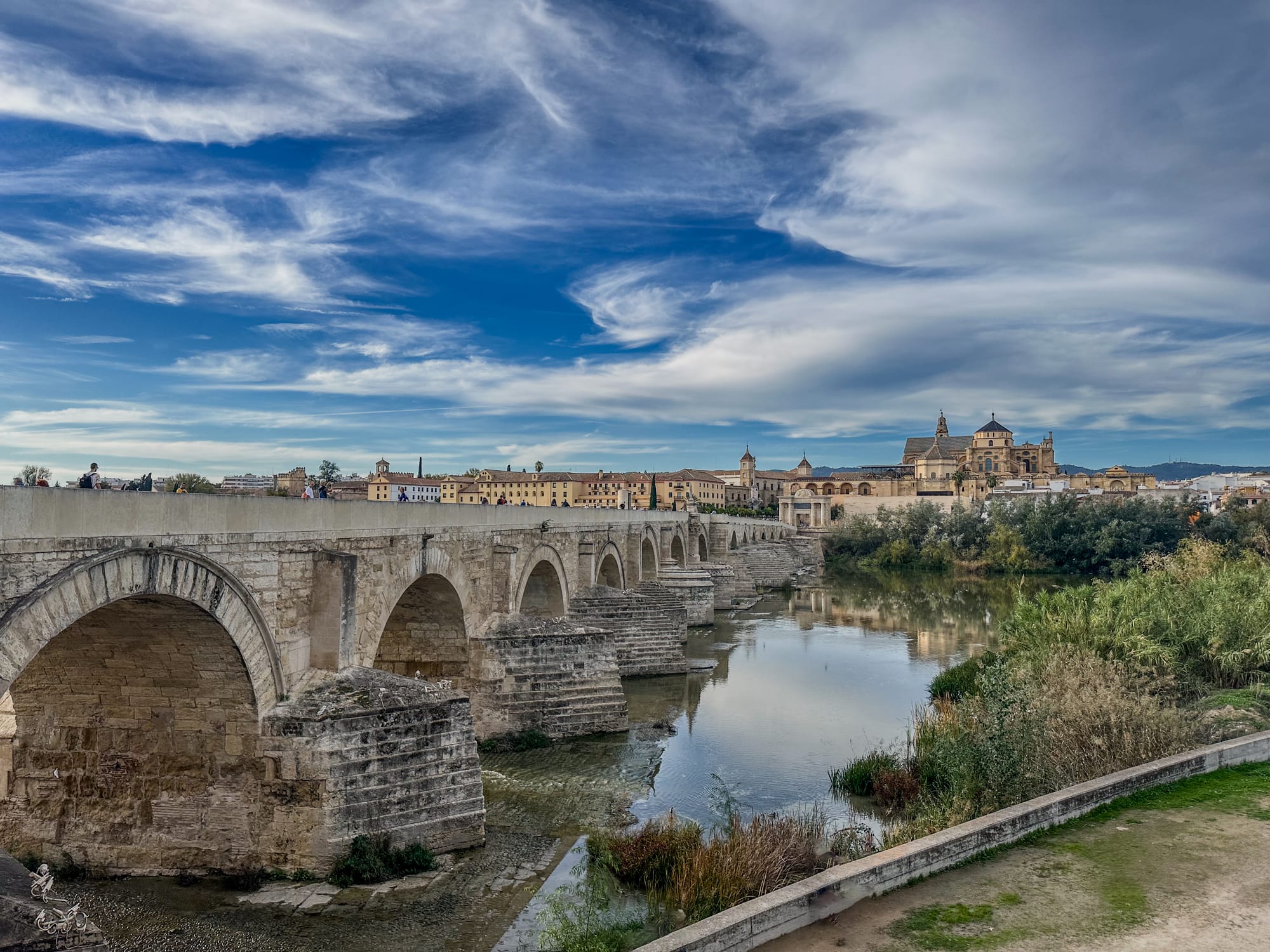
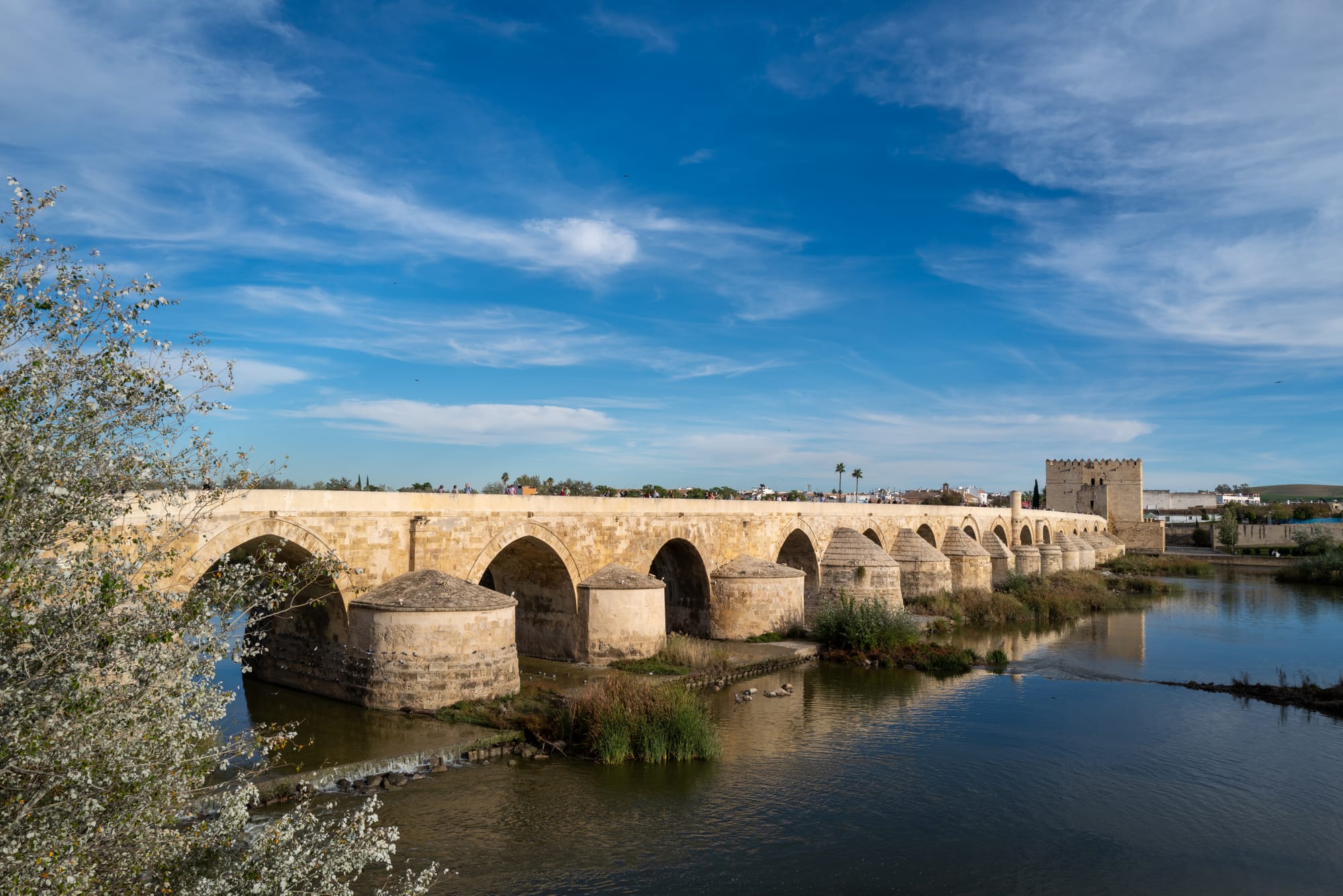

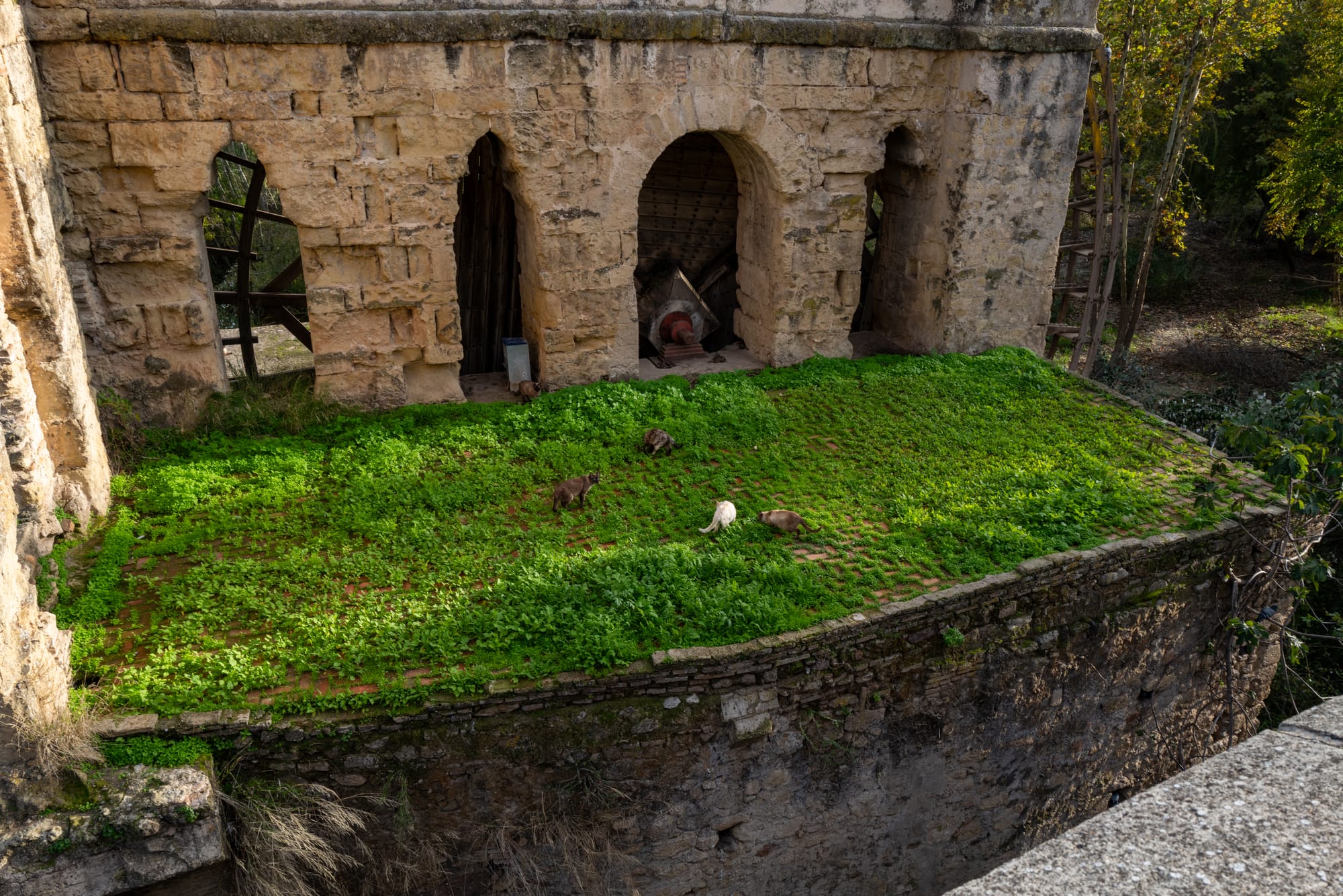
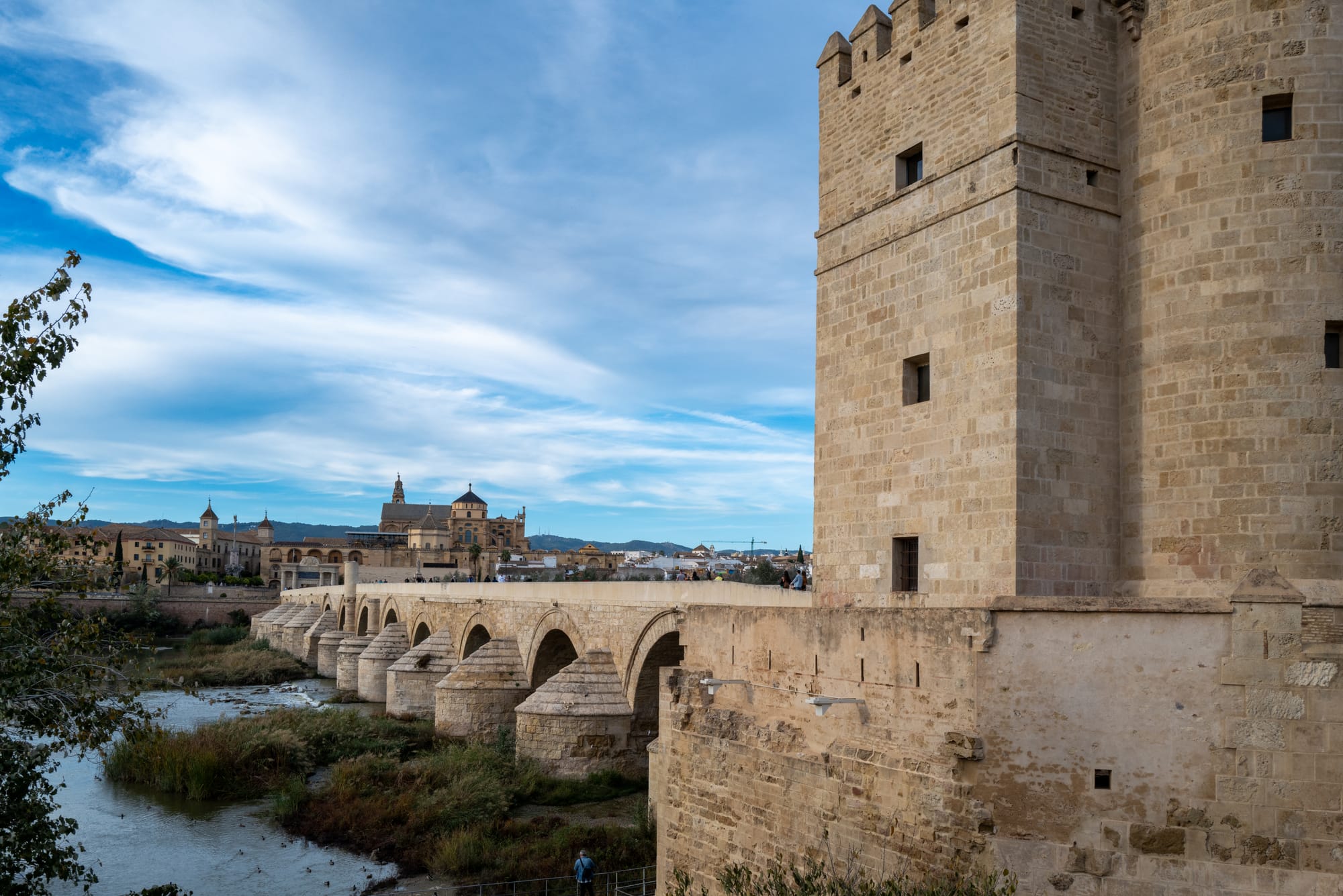
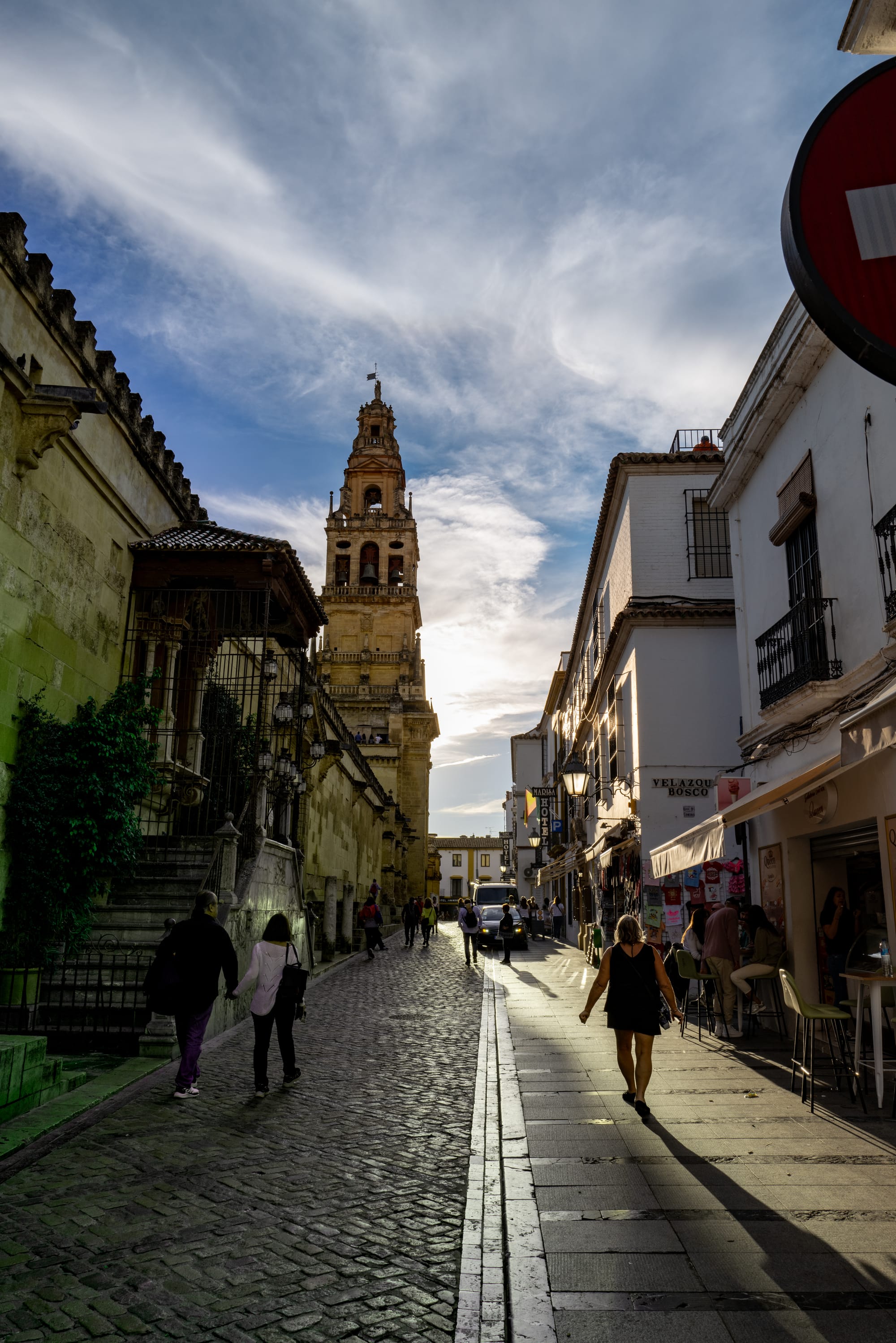
After the tower, as the sun was starting to go down, so we took a leisurely stroll across the Roman Bridge, "Puente Romano." I also enjoyed the ruins of the old water wheel here, which is now home to several feral cats. The ancient bridge, built during the 1st century BC, spans the Guadalquivir River and offers stunning views of the city. You may also recognize the Roman bridge as The Long Bridge of Volantis from Game of Thrones. It's a living testament to Cordoba's role as a crossroads of civilizations throughout history.
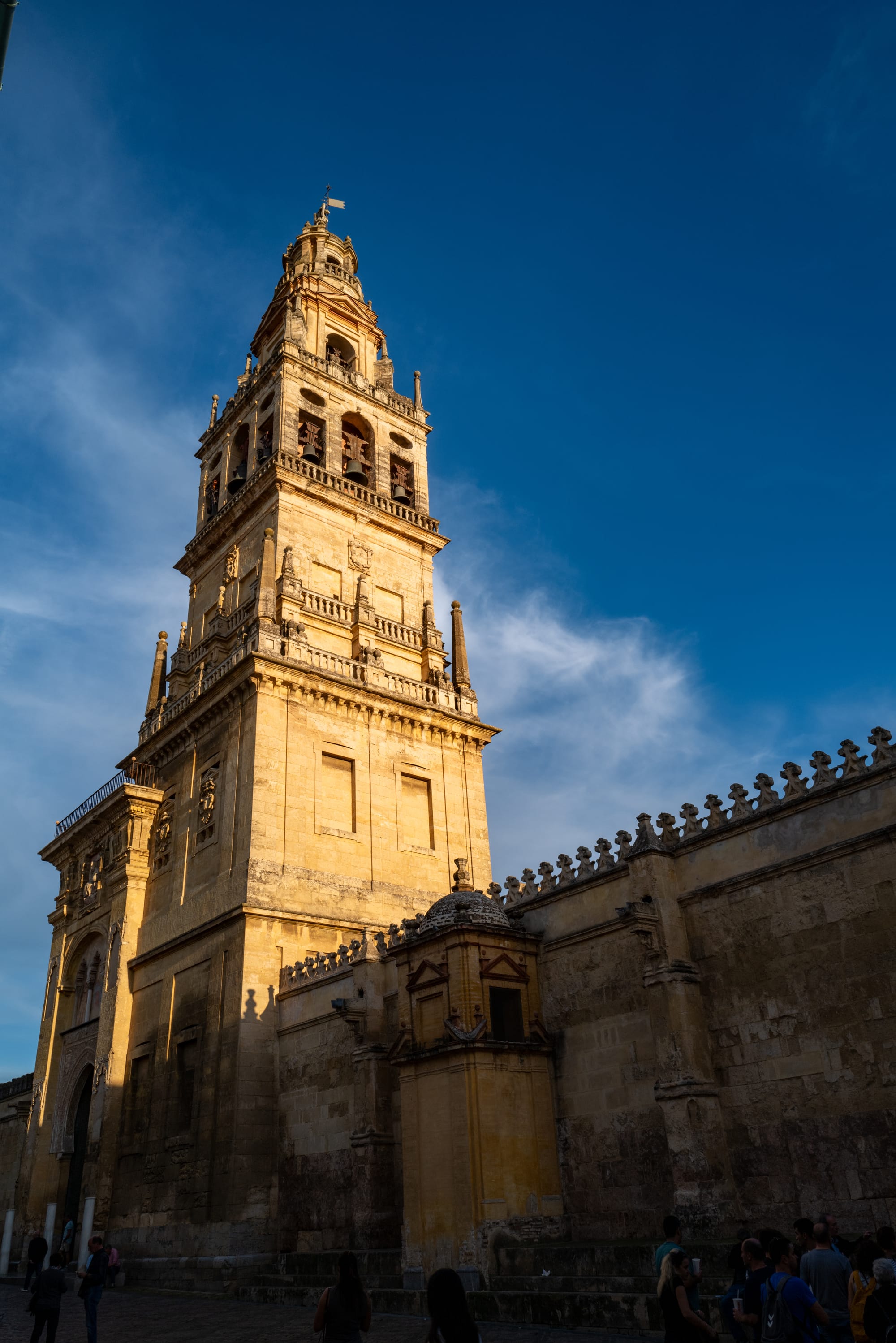

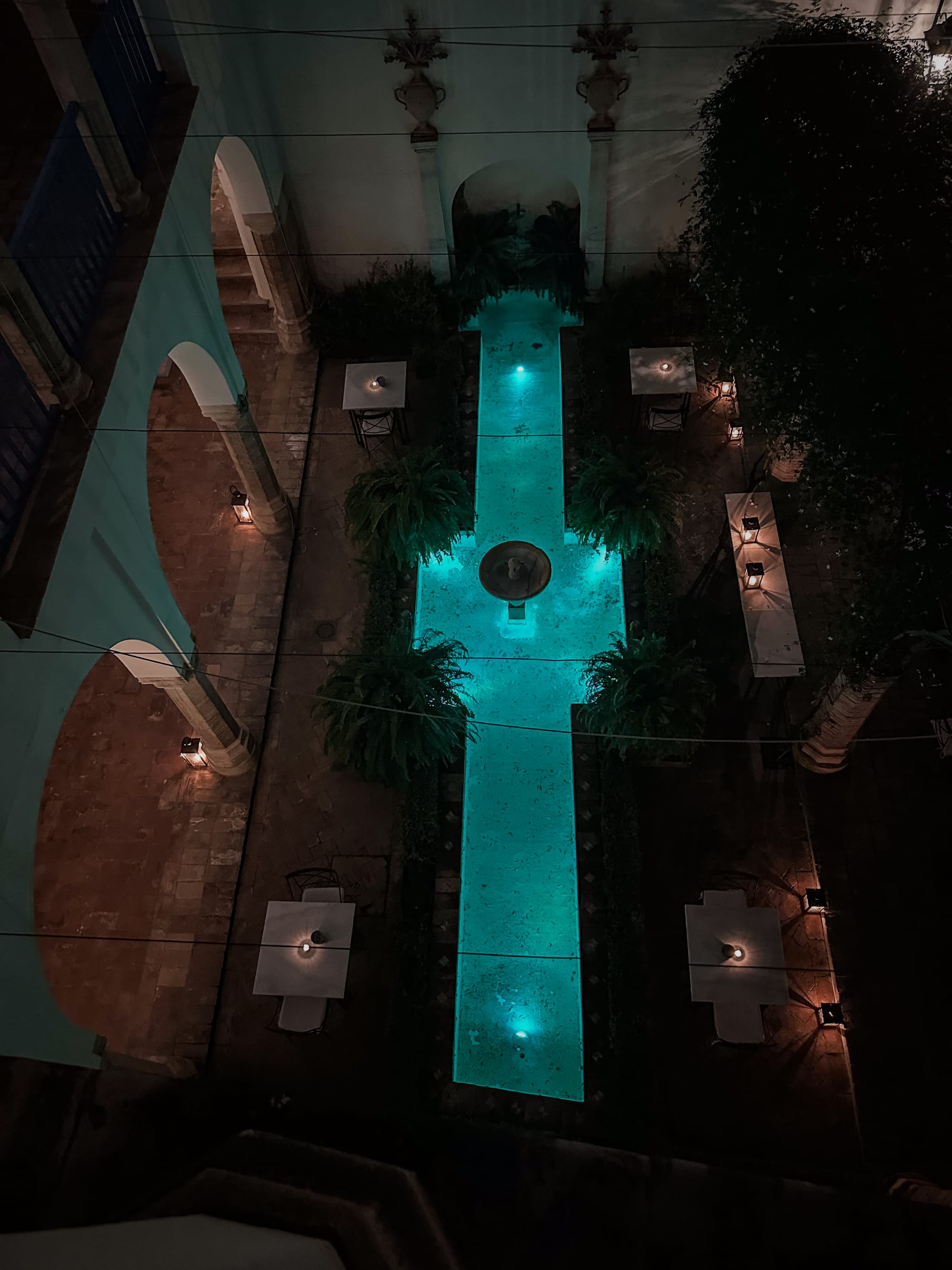
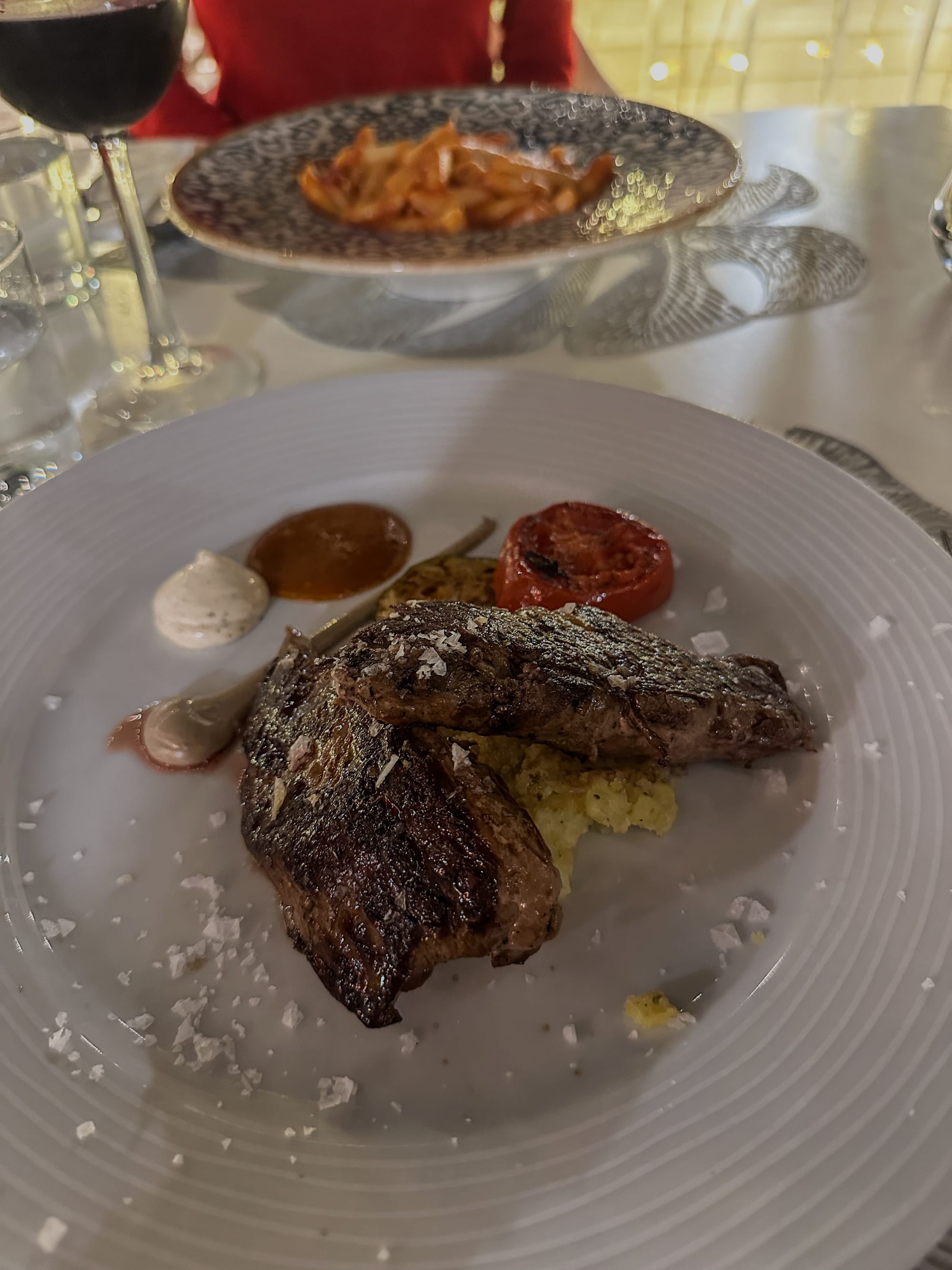
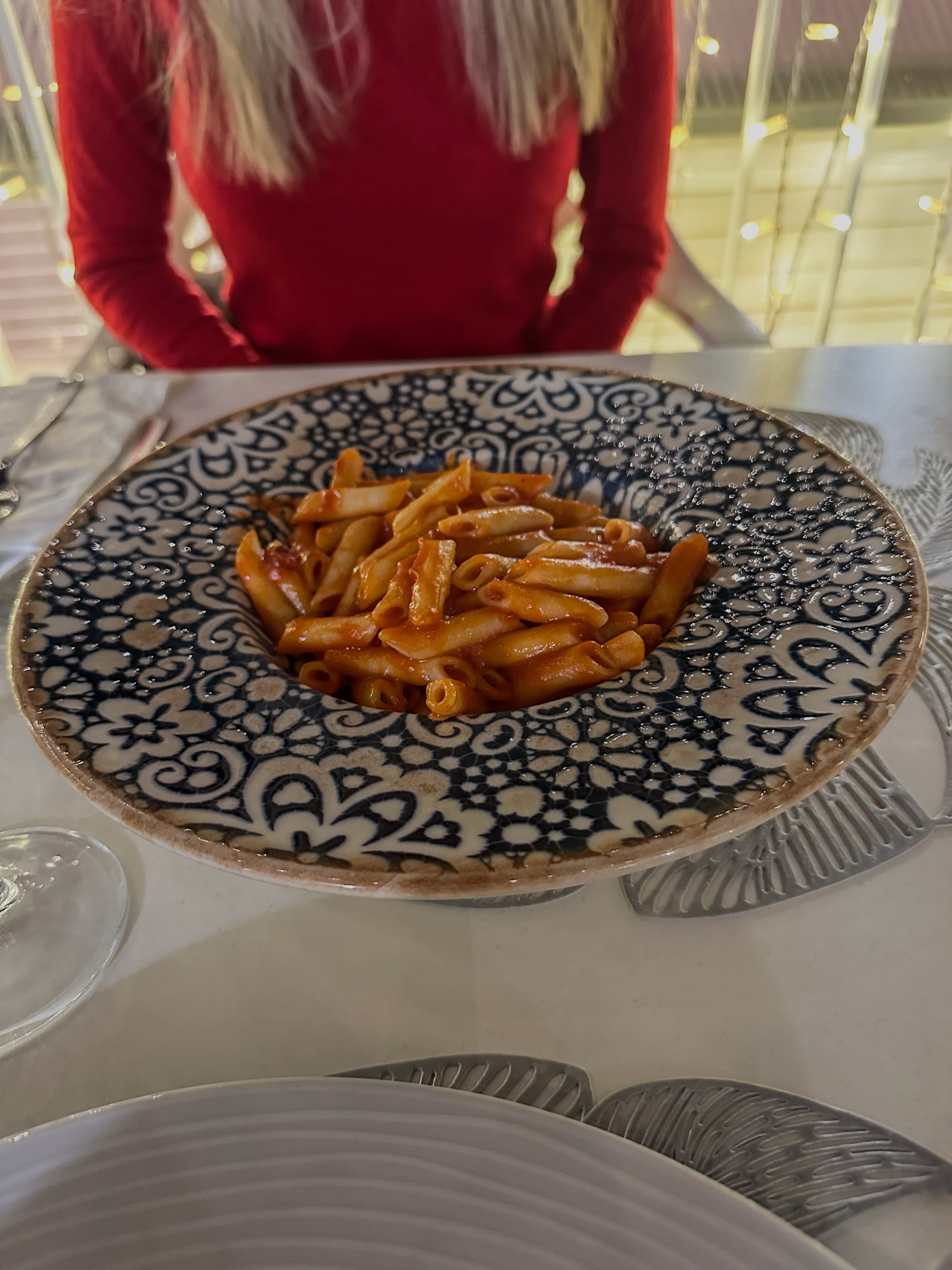
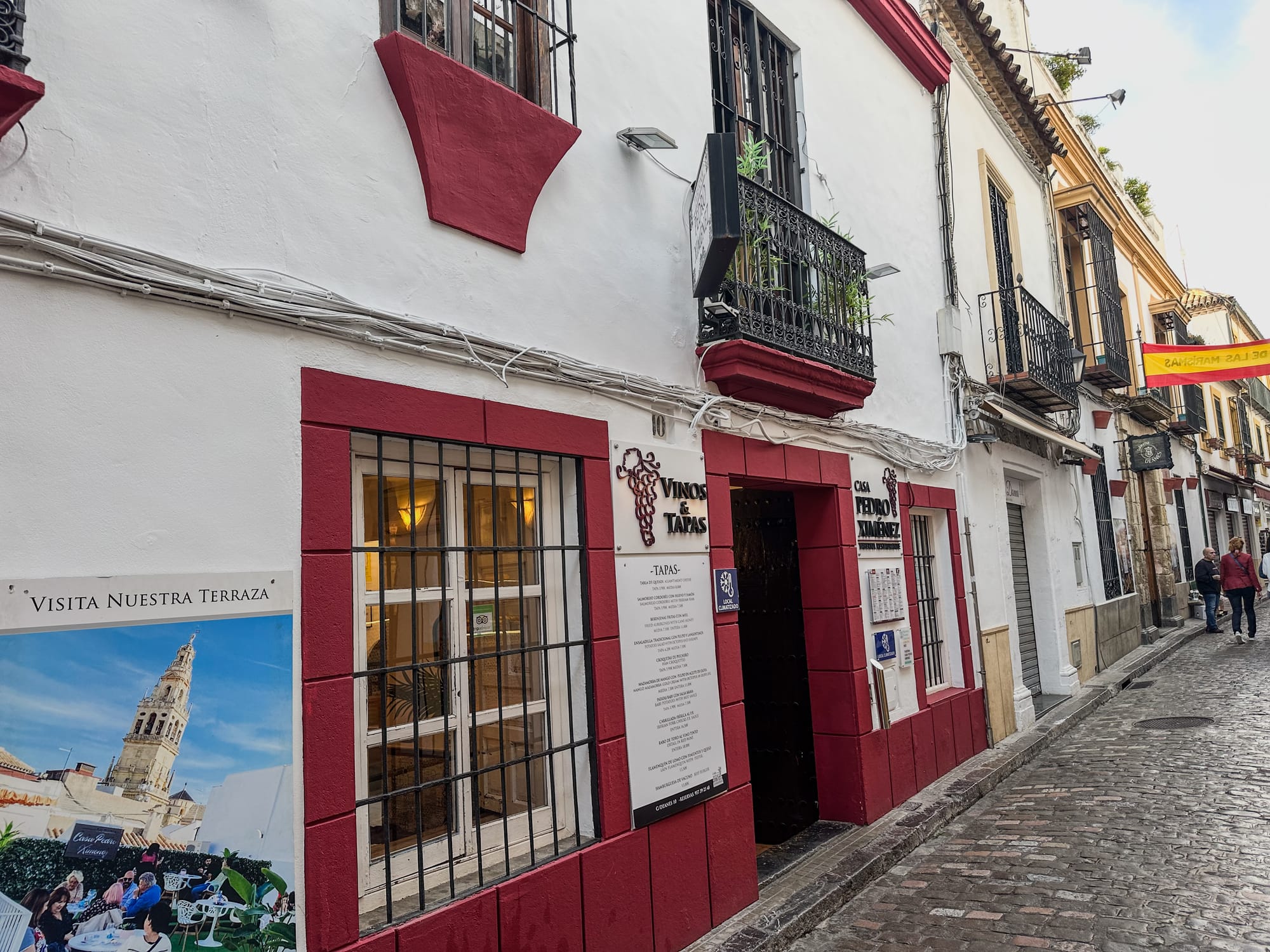
We capped off our experience in Córdoba with a rooftop dinner at Casa Pedro Ximénez (The Iberian pork sirloin here was sublime), with the Torre del Alminar in view, then back to the hotel to rest up for our journey to Granada in the morning.
Stay tuned for the final chapter of our Spain 2023 adventure: The Alhambra and Granada!
